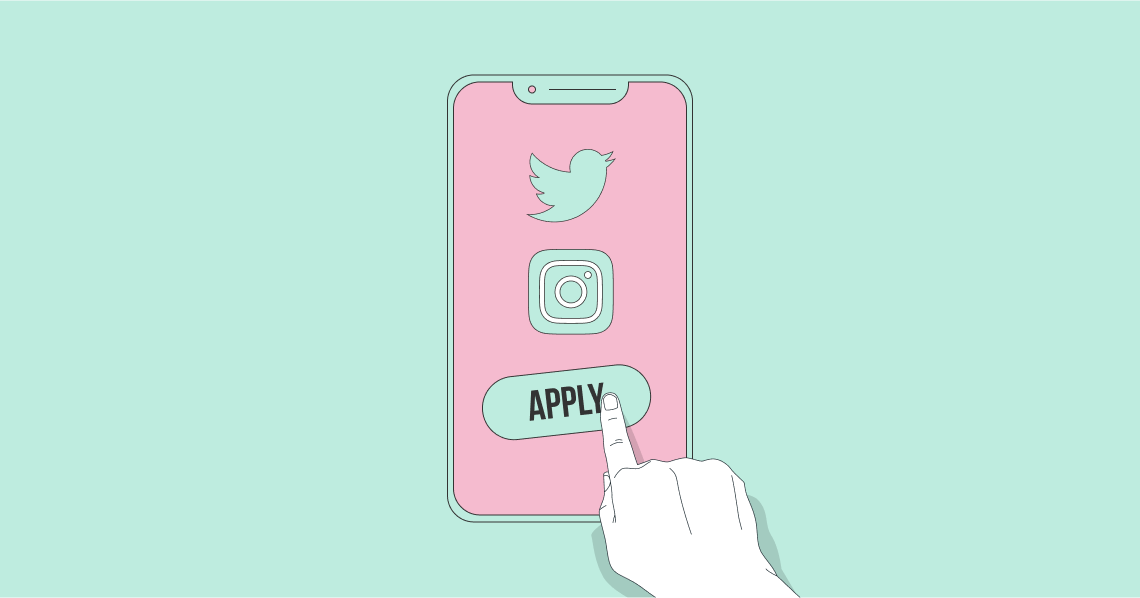Advertising disclosure:
Our partners compensate us. This may influence which products or services we review (also where and how those products appear on the site), this in no way affects our recommendations or the advice we offer. Our reviews are based on years of experience and countless hours of research. Our partners cannot pay us to guarantee favorable reviews of their products or services.
Influencer Platforms act as support to make life easier for both agencies and brands when managing and working with influencers. An Influencer Marketing Platform is a software solution designed to assist brands with their Influencer Marketing Campaigns. Influencer Marketing Platforms provide influencer discovery tools for brands and agencies, some also offer massive searchable databases of potential influencers, using clever algorithms.
Others prefer an opt-in method for influencers, where the staff of the influencer marketing platform can vet potential influencers and check that they are genuine and willing to work with brands. More recently influencer platforms have expanded their offerings, to include relationship management, campaign management, influencer marketplaces, third party analytics, and influencer content amplification.
Top Influencer Marketing Platforms to Boost Your Campaigns:
- 1. Grin
- 2. Creator.co
- 3. Brandwatch Influencer Marketing Software
- 4. Upfluence
- 5. impact.com
- 6. LTK (formerly rewardStyle)
- 7. Influencity
- 8. #paid
- 9. Klear
- 10. Digimind - An Onclusive Company
- 11. Post for Rent
- 12. Kolsquare
- 13. Audiense
- 14. Find Your Influence
- 15. Julius
- 16. Open Influence
- 17. BrandBacker
- 18. Influsoft
- 19. Influencer Intelligence
- 20. Mavrck
- 21. Pixlee TurnTo
- 22. Influence.co
- 23. Refersion
- 24. Webfluential
- 25. Storyclash
- 26. Brybe
- 27. NeoReach
- 28. Affable.ai
- 29. Tagger Media
- 30. Humanz
- 31. Gen.video
- 32. HYPR
- 33. Captiv8
- 34. InNetwork
- 35. Dovetale
- 36. CreatorIQ
- 37. TrendHERO
- 38. Grapevine Logic
- 39. InkyBee
- 40. Mustr
- 41. PitchBoard
- 42. Zoomph
- 43. Content BLVD
- 44. Adly
- 45. Onalytica
- 46. Socialbakers
- 47. IZEA
- 48. Traackr
- 49. Tribe Dynamics
- 50. Aspire (formerly AspireIQ)
- Frequently Asked Questions
1. Grin

Grin is a model of how to do things right. Grin’s philosophy is that influencer marketing is marketing to the influencer. If you build a trusting relationship with them, all else falls into place.
Grin’s focus is on eCommerce businesses with integrations into some of the major shopping platforms.
Offering all the significant features that a top-tier marketing management software should, the platform is easy to use. It organizes everything all into workflows so that users never get lost. Even the largest of organizations can integrate Grin seamlessly into their existing systems. Grin pulls all the registered users from your eCommerce site in and finds their social profiles. This provides you with a list of potential influencers and their relevant statistics, all of whom have previously purchased and enjoyed your products.
Grin’s searchable database includes influencers from Instagram, YouTube, and TikTok. There are more than 100 million influencers you can search, and roughly 37 million of those profiles have email addresses. Once you find suitable influencers, Grin’s Lookalike function helps you find even more, just like your preferred selections.
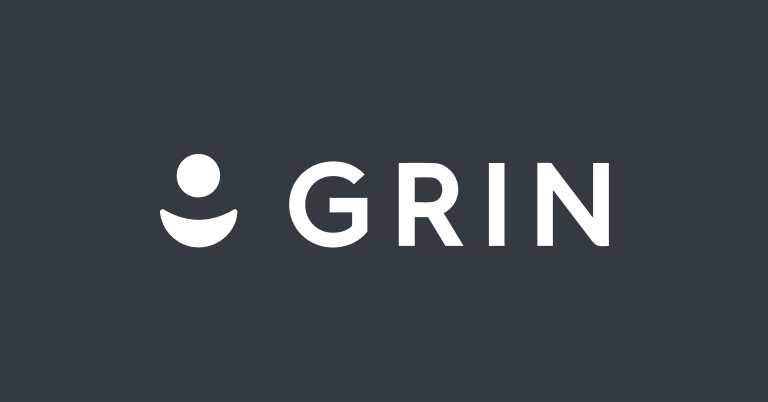
Key Features: Content Amplification, Search/Discovery, Influencer Lifecycle Management, Influencer Relationship Management, Content Review, Content Library, Campaign Management, Campaign Reporting, Influencer Analysis, Audience Analysis, E-commerce Tools, Product/Gifting Tools, Forms and Compliance,
Channels: Facebook, Instagram, TikTok, Twitter, Twitch, YouTube
2. Creator.co
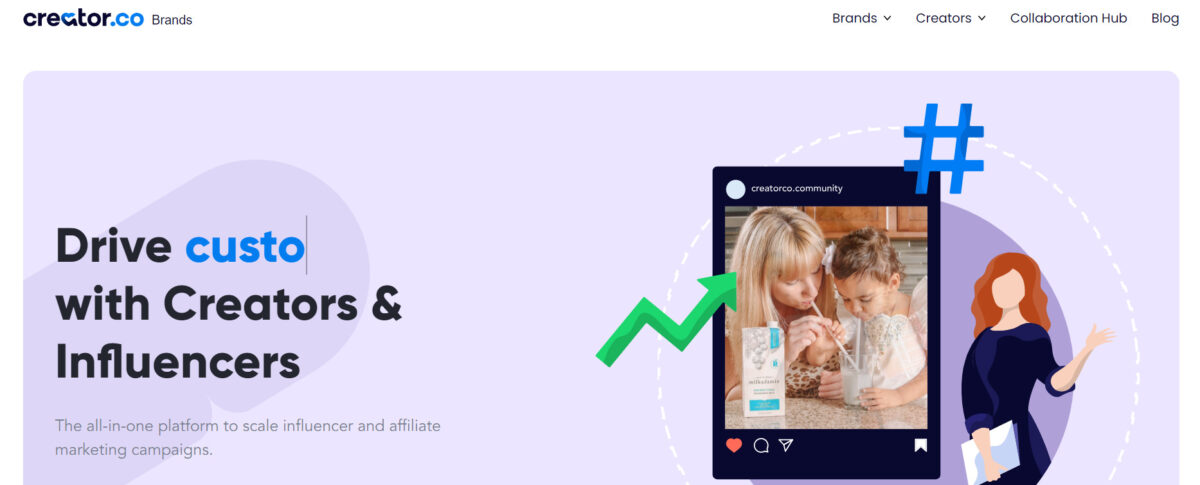
Creator.co began life in 2018 as Shop and Shout, an influencer marketplace, focusing on small businesses and micro-influencers. It has recently rebranded itself to Creator.co. This reflects the platform’s focus as being as much on creating content as it is on the dissemination of it. With much of the content being produced by micro-influencers, the platform takes as much interest in the quality of that content as it does its marketing.
With a database of 300 million influencers, you should find some who should fit with your brand. And Creator.co provides surprisingly in-depth data on these influencers and their audiences. They present “Deep Insights” reports for any influencer, offering all the data you would expect but with greater context than is typical.
However, brands don’t need to feel lost in such an enormous database. Creator.co offers two plans, a “hands-free” version of the marketplace experience they call the Community-Driven Plan and a cheaper Self-Serve plan. With the Community Driven (automated) Plan, brands need only create and define their campaign and ideal influencer. The system comes up with suggested influencers from a much smaller but thoroughly vetted talent pool of around 80,000. All a brand needs to do is choose whether to activate those influencers who want to participate.
You begin by creating and defining your campaign, being as specific and detailed as possible. You then search for influencers. With the Self-Serve plan, the search runs very much like any other influencer marketplace. However, with the Community-Driven Plan, you sit back and wait. Creator.co makes the search and influencer approaches for you, and you wait for those influencers who the algorithm finds and who opt into your campaign to show up in your dashboard for you to review.
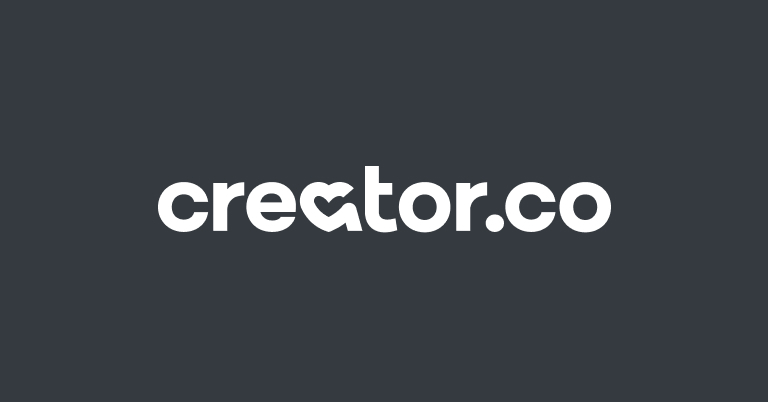
Key Features: Content Amplification, Search/Discovery, Influencer Lifecycle Management, Influencer Relationship Management, Campaign Management, Campaign Reporting, Influencer Analysis, Audience Analysis, Exportable reports,
Channels: Instagram, YouTube, TikTok
3. Brandwatch Influencer Marketing Software

Brandwatch simplifies influencer marketing with its all-inclusive solution. The platform handles everything from influencer discovery to relationship management and campaign performance evaluation.
You can efficiently find influencers using Brandwatch’s discovery tool, which searches over 30 million creators across platforms like YouTube, Instagram, and TikTok. The platform’s filtering options let you identify influencers based on interests, brand affinities, prior brand work, and credibility, ensuring a suitable fit for your campaign.
Brandwatch’s influencer CRM consolidates essential details in one place, including contact information, payment details, contracts, and custom fields. Automated email tracking facilitates smooth communication, while the platform allows you to create a private influencer network by reviewing creator applications and customizing onboarding processes.
The platform excels in campaign management and reporting. Generate sales materials, track deliverables, and create real-time reports using Brandwatch’s features. Share your influencer roster through mobile-friendly, white-labeled dashboards, exportable sheets, and live links. Streamlined workflows simplify content approvals, and automated reporting offers insights into campaign performance metrics.

Key Features: Influencer Discovery, Influencer directory management, Creation of private influencer network, Campaign management and reporting, Broad platform coverage, Automated reporting,
Channels: YouTube, Facebook, Instagram, Twitter, Twitch, TikTok, Shopify
4. Upfluence
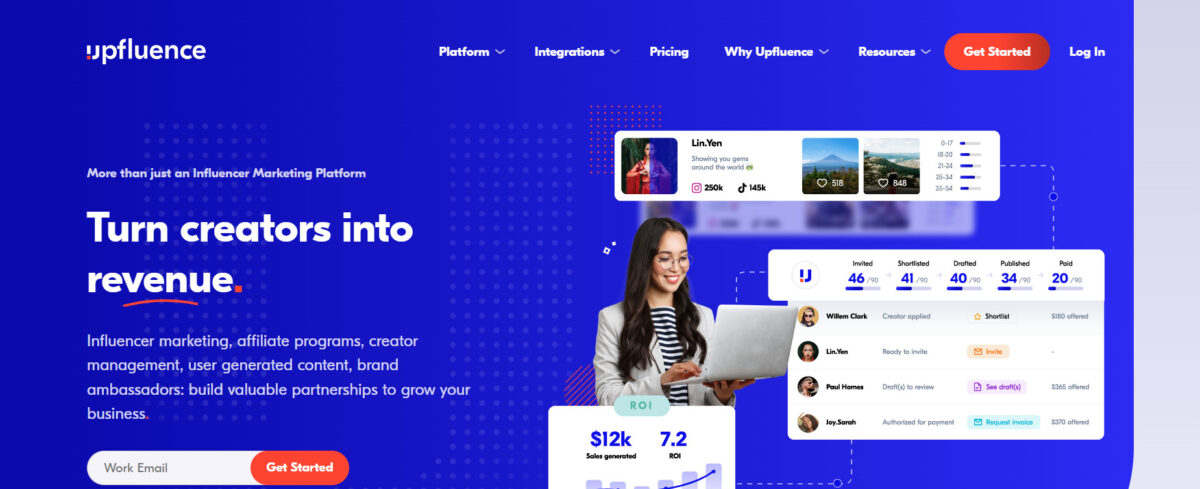
Upfluence is a self-serve platform, allowing it set it pricing at a level affordable by small and medium-sized businesses, although companies like Microsoft and PayPal also utilize its services.
It has recently grown out of two products – Facade, a social media search engine, and Publishr, an influencer relationship management system.
It uses a massive database with 500 million items of content, spread across Facebook, Twitter, Instagram, YouTube, Pinterest, and blogs. Businesses can search through the database to find influencers that match their specific criteria. There is a considerable amount of information in the database on each influencer. Businesses can drill their way down through the data to find influencers who are most suitable for their needs.
The influencer management system provides tools for brands to manage each influencer relationship. For example, they can create lists of suitable influencers for particular campaigns. They can track the performance of their influencer campaigns, and collaborate on content.
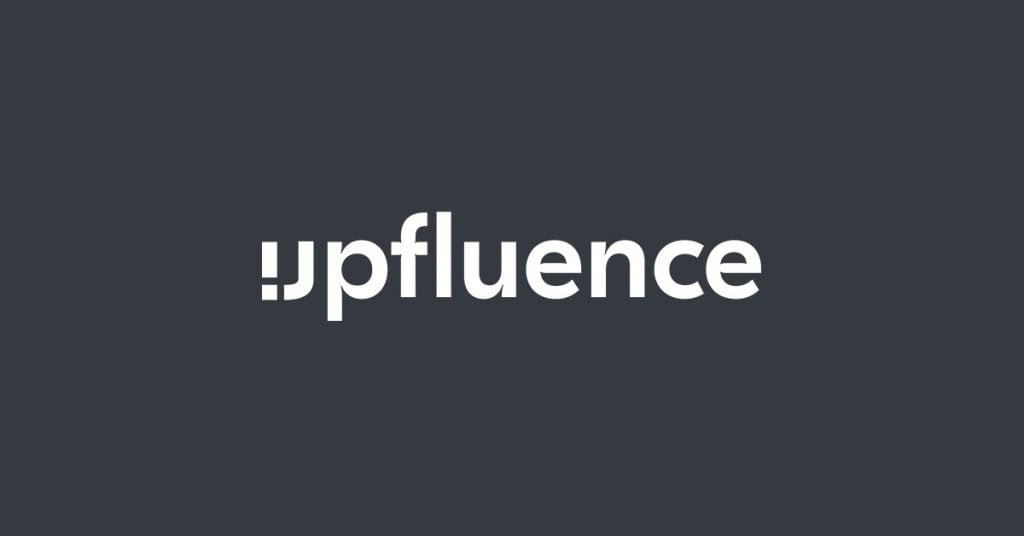
Key Features: Influencer Search & Discovery, Relationship Management, Campaign Management, Third Party Analytics, Automated Recruiting, Influencer Lifecycle Management, Team Collaboration Tools, Content Review, Campaign Reporting, Audience Analysis, E-commerce Tools, Product/Gifting Tools, Payment Processing, Social Listening, Affiliate Management, Affiliate Campaigns,
Channels: Instagram, Youtube, Facebook, Twitch, Tiktok, Twitter, Pinterest, Blogs
5. impact.com
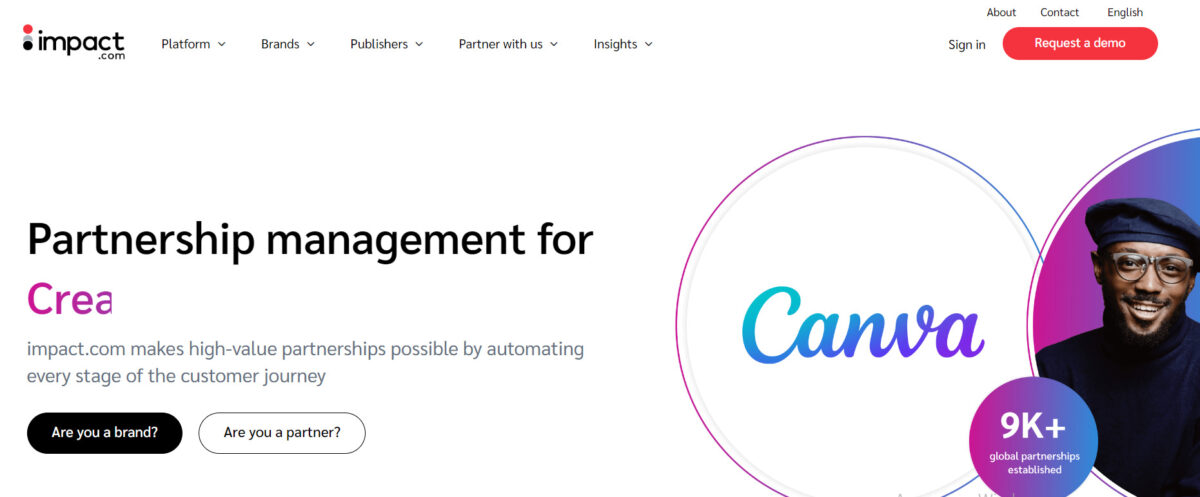
impact.com provides a partnership management platform that lets clients optimize and scale partnerships with influencers, affiliates, publishers, mobile apps, and strategic business connections. It enables companies to tap millions of potential partners all over the world and recruit them through automated nurture campaigns.
The platform lets businesses manage influencer partnerships more efficiently and leverage them to establish authenticity, build trust, and increase revenue. It provides support thr
oughout all influencer campaign stages—from finding and recruiting the ideal creators to monitoring their performance and compensating them according to their contributions.
The roster of big brands that use impact.com includes Lenovo, Coach, Walmart, BBQGuys, Kiss the Ground, and Vivino. Through the platform, BBQ Guys had been able to achieve a combined influencer reach of 636,000 while non-profit outfit Kiss the Ground has been able to garner an impressive 5 million impressions.

Key Features: Influencer Content Amplification, Search/Discovery, Automated Recruiting, Influencer Relationship Management, Influencer Marketplace, Team Collaboration Tools, Content Review, Content Library, Campaign Management, Campaign Reporting, Influencer Analysis, E-commerce Tools, Product/Gifting Tools, Forms and Compliance, Payment Processing,
6. LTK (formerly rewardStyle)
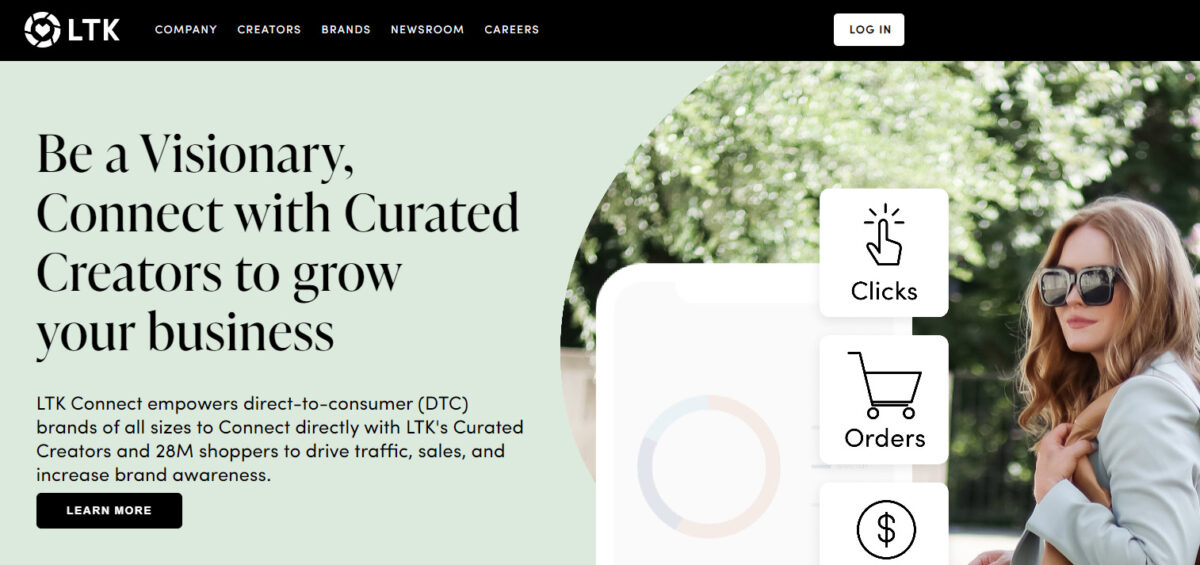
LTK (formerly called rewardStyle and LIKEtoKNOW.it) was founded in 2011 by a creator for creators. Fast-forward just over 12 years and it boasts the largest curated creator network, making it one of the leading influencer marketing platforms for brands of any size. With regards to industries, they serve several verticals and have established strong networks of creators in all the most popular lifestyle categories like fashion, travel, and fitness.
From planning to casting to data analysis, it offers end-to-ed creator campaign management as well as a consumer shopping app for sales. So, not only do they appeal to brands but also shoppers and use distributed original content to bring all parties together.
Then, for influencers, they also offer a list of useful features. Creators can, for example, take advantage of their desktop and mobile tools that can help them to create, share, and track content across social media platforms.
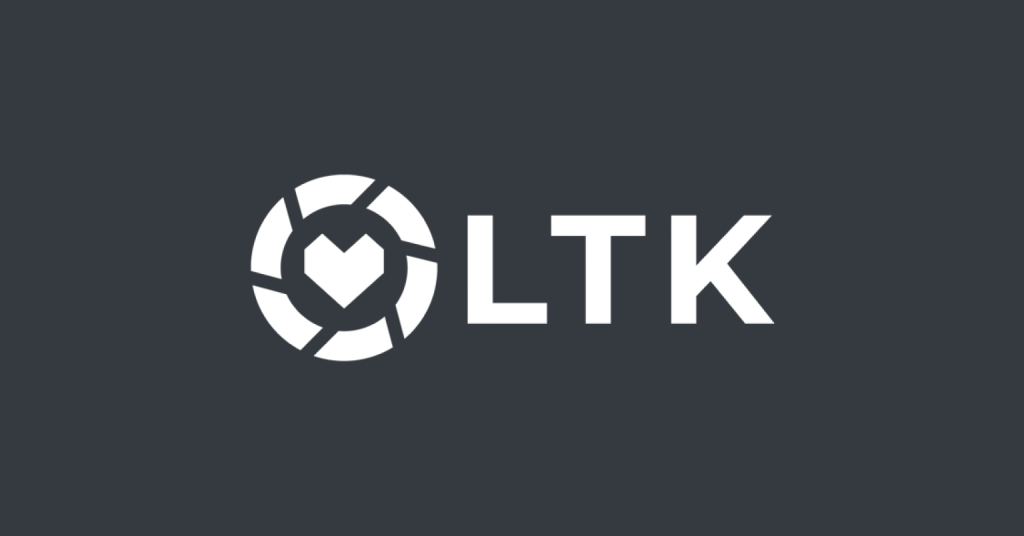
Key Features: Search/Discovery, Content Review, Campaign Management, Campaign Reporting, Influencer Analysis, Audience Analysis, Product/Gifting Tools, Forms and Compliance, Payment Processing,
Channels: Instagram, TikTok, YouTube, Facebook, Pinterest, Twitter, Blogs, LTK App
7. Influencity
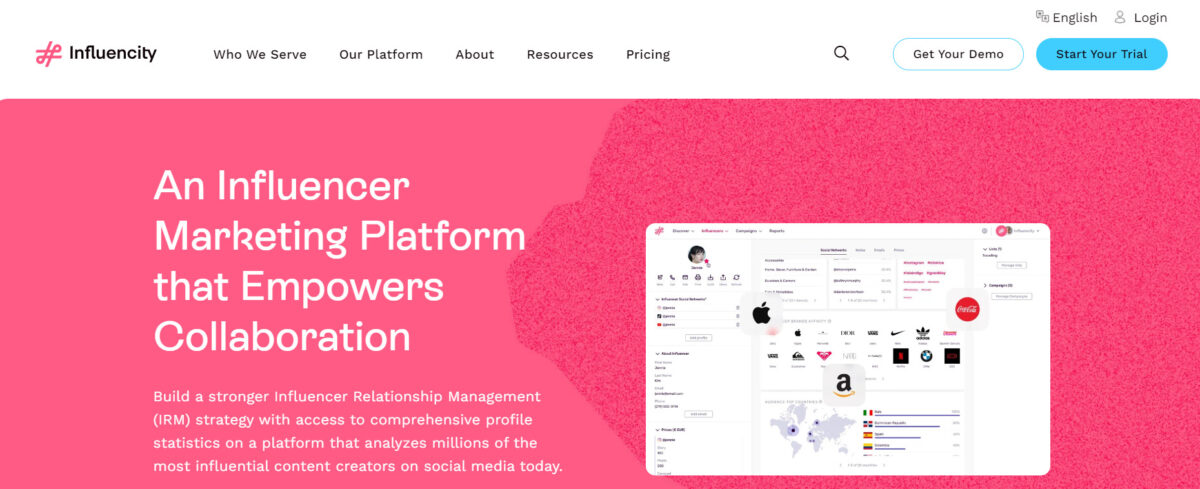
Influencity has changed with the times. It began in 2014 when its CEO Daniel Sanchez described Influencity’s hook as “a system of automatic publication of tweets written by influencers.” Its focus now is much more on Instagram, along with YouTube and TikTok. It currently includes over 170 million influencers in its database.
Although Influencity offers four plans (ranging from the Starter plan at $168/mo to the Business plan at $698/mo), customers can personalize their own plan by selecting the features that suit them best and creating a Custom Bundle.
Influencity offers an overwhelming amount of data. You can apply filters to your search to digging deep into an influencer’s profile. Nothing appears confusing or oversaturated. You will find an abundance of options to choose from when selecting search filters. Indeed, Influencity claims there are over 100,000 ways to combine filters to find the most relevant results.
You can also do a lookalike search. The platform judges the similarities based on the influencer, their content, and audience data but still caters for other filters.
You can do a deep dive into any influencer profile for information on audience quality, performance metrics, brand affinities, and audience data.
Influencity also provides data in this detail for your influencer campaigns. You can easily see the kinds of audiences that your influencers reached and how well their audience received these posts.

Key Features: Search/Discovery, Influencer Lifecycle Management, Influencer Relationship Management, Campaign Management, Campaign Reporting, Influencer Analysis, Audience Analysis, Fake Follower/Fraud Detection, Exportable reports, Team/Collaboration Tools,
Channels: Instagram, YouTube, Tik Tok
8. #paid
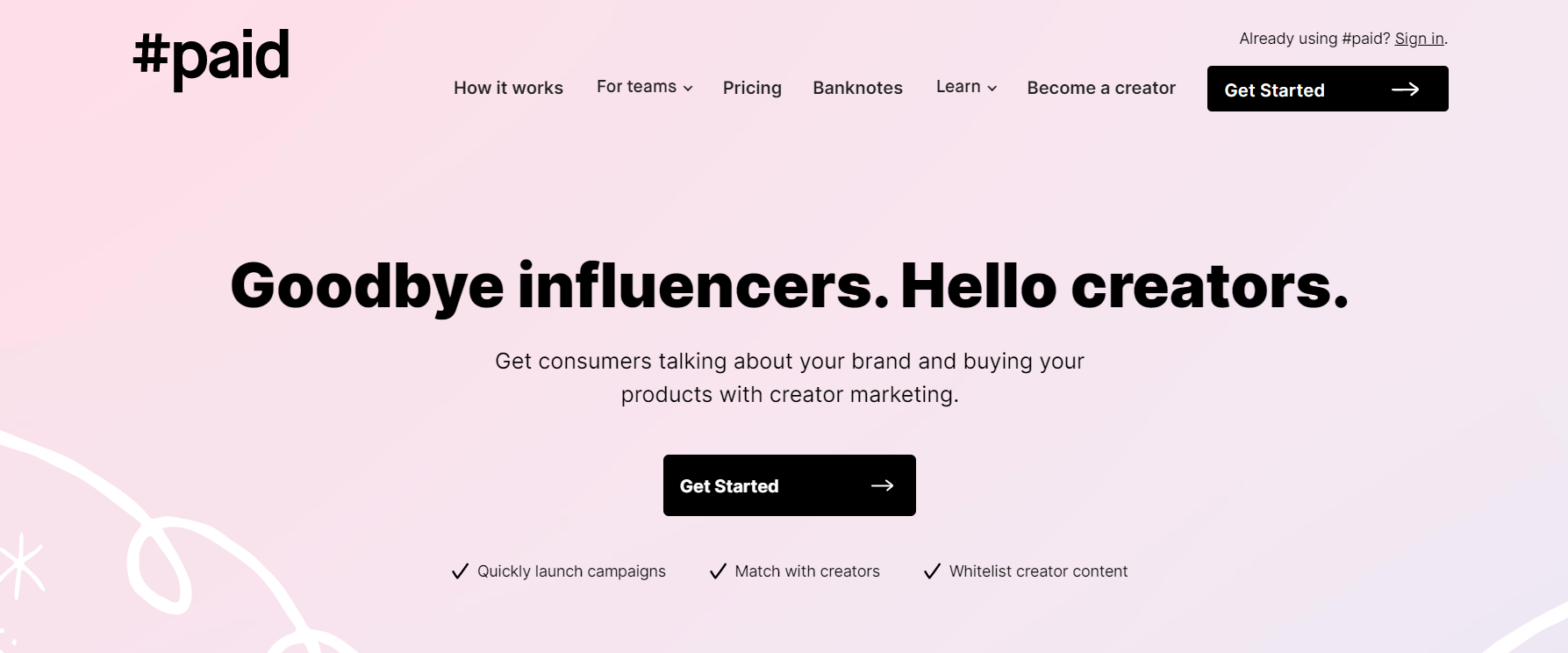
#paid shies away from traditional models of influencer marketing. It was one of the first platforms to target campaigns for the different sections of your sales funnel. It also recognizes that influencers have that status because they create content so good that it has built them an audience. #paid believes that isnfluencers should both be creating exciting content and also be a good fit for a brand. This is far more important than reach.
As with many influencer marketplaces, brands can use #paid to create campaign briefs describing campaign goals, the scope of desired content, and a little about the ideal creator. However, brands can go further in determining their ideal influencers. They can use Whitelisted Ads, where they whitelist specific creators and content for use with paid Facebook and Instagram ads. You can easily connect with Facebook Ads Manager and push ads into timelines and feeds under the creator’s handle. The shared content will still carry the Sponsored Post tag but appears more authentic because it doesn’t come from the brand’s account.
Influencers can signal a wish to participate in a brand’s campaigns, using a Handraise. They “raise” their hand to indicate interest. Potential influencers write a message describing why they believe they are a good fit for a campaign, and what their strategy might be. #paid has a team of people who vet every creator who submits a pitch.
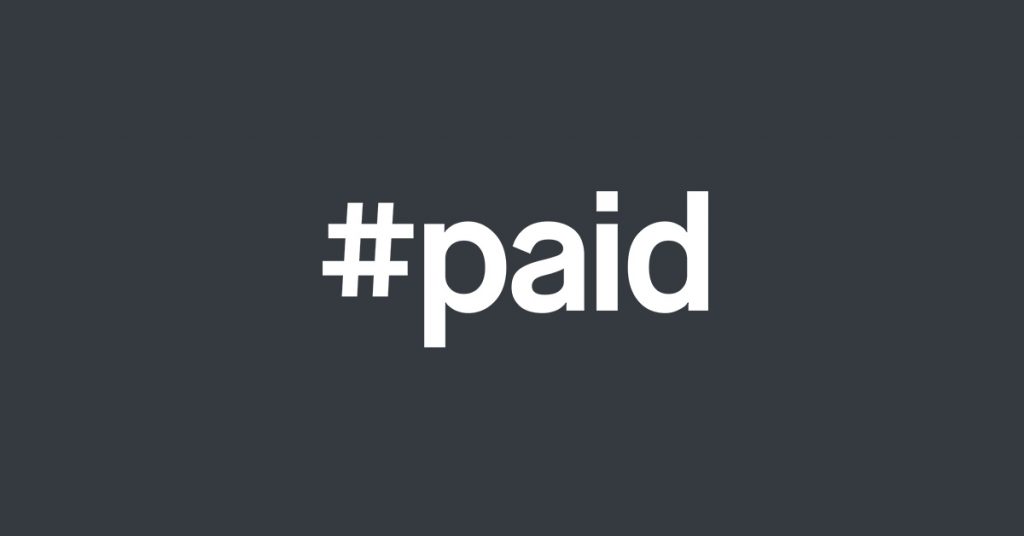
Key Features: Influencer Marketplace, Automated Recruiting, Content Review, Content Library, Campaign Management, Campaign Reporting, Influencer Analysis, Audience Analysis, Payment Processing, Influencer Whitelisting, Creator Marketplace,
Channels: Instagram, Facebook, Youtube, Tiktok
9. Klear
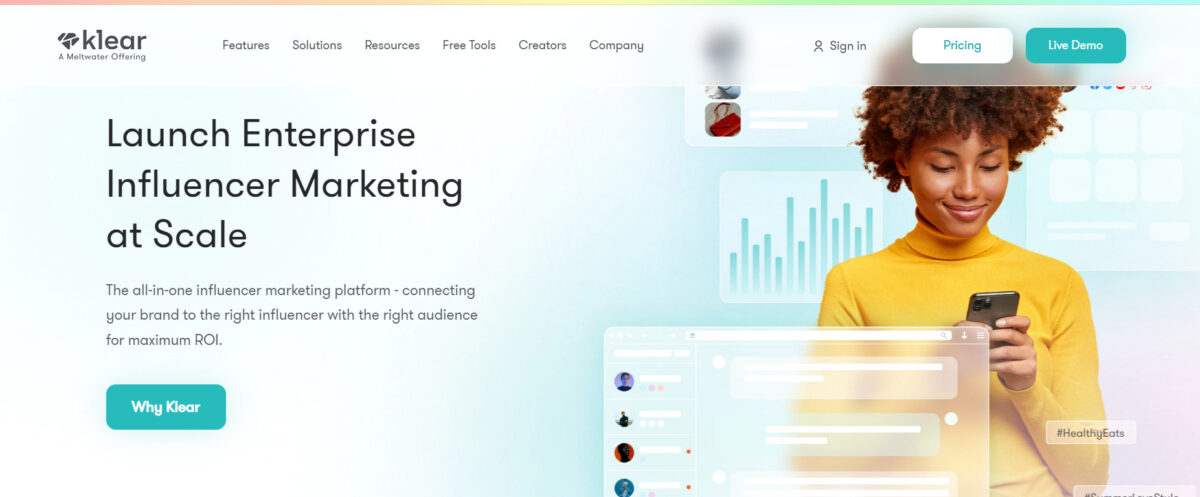
Klear was created four years ago by three brothers – Guy, Eytan and Noam Avigdor, who wanted to create a smarter way to access insights from the social web. They now work with some of the biggest brands and agencies, including Huawei, IMG, Adidas, Microsoft, and KAYAK.
Klear’s platform is focused on analytics, with an immense data from social networks and a huge database of influencers. They offer robust data to help you track your campaigns and have an “Monitors” feature which is an amazing research tool that also enhances discovery; that enhancement means influencer discovery manages to somehow be quick, painless, and accurate despite having an abundance of choice available on the platform. Contact their team to get info for pricing.
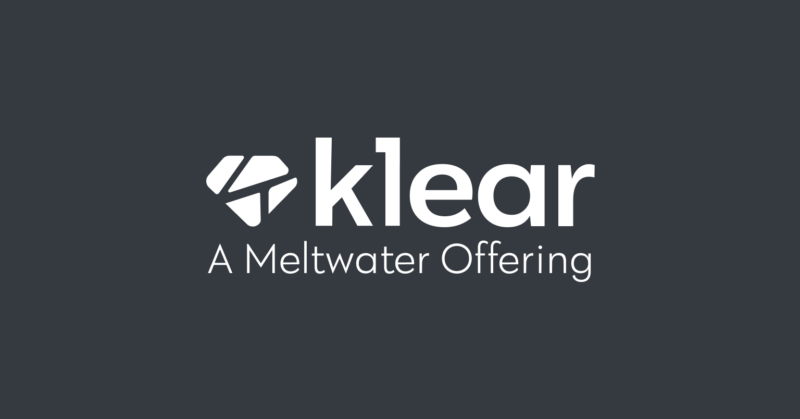
Key Features: Search/Discovery, Automated Recruiting, Influencer Relationship Management, Influencer Marketplace, Content Review, Content Library, Campaign Management, Campaign Reporting, Influencer Analysis, Audience Analysis, E-commerce Tools, Product/Gifting Tools, Forms and Compliance, Fake Follower/Fraud Detection, Payment Processing, Social Listening, Competitor Research, Visual Discovery,
Channels: Instagram, YouTube, TikTok
10. Digimind - An Onclusive Company
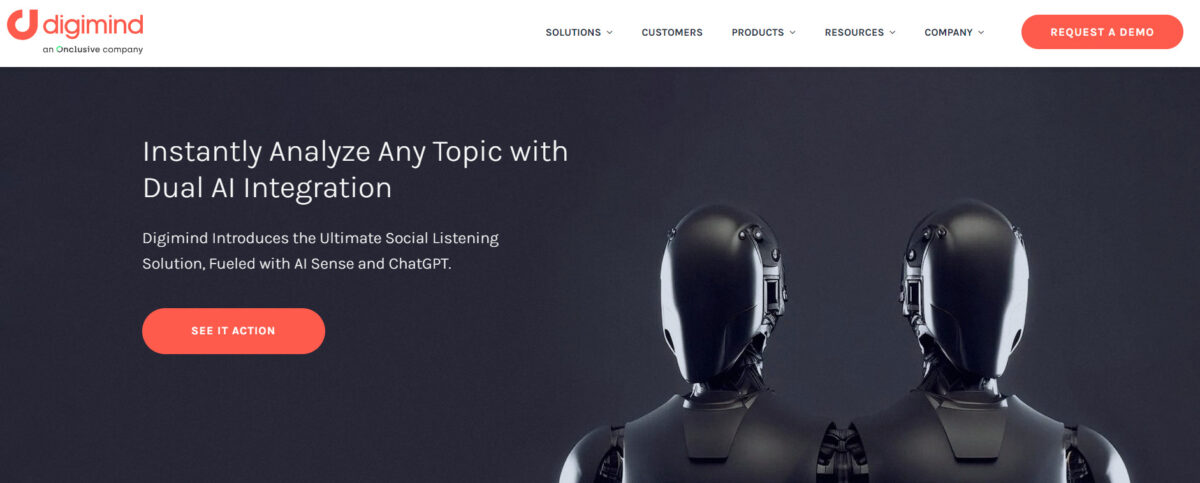
Digimind is much more than just an influencer marketing platform. Instead of labeling itself as an influencer marketing software exclusively, it chooses to use the phrase “intelligence software”. In addition to helping you gain information about influencers, you can also use it to gain insights about consumers, competitors, and trends.
With regards to its influencer marketing features specifically, it can help you to find the right influencer to generate a buzz about your brand. It will help you to identify opinion leaders who are already talking about your brand online. To make it easier to digest this wealth of data, you can, for example, sort these brand mentions by location or reach.
Though, for your influencer marketing campaign to be effective, it needs to generate engagement and not just vanity metrics. To help you with this, Digimind will also determine an influencer’s social authority.
Then, to help you prove that the influencers really did make an impact, it will also measure the ROI. Not only will it list the top-performing influencers, but it will also identify areas that can be optimized.
11. Post for Rent
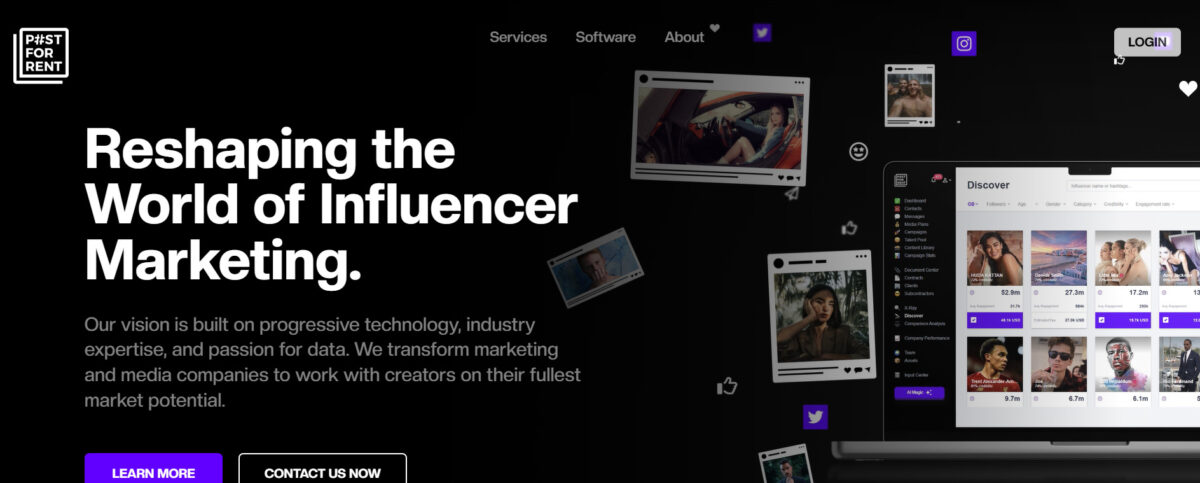
Post for Rent effectively maintains a balance between cold business efficiency and authentic influencer campaigns. It was built to serve all sizes of brands, but it also makes plenty of room for agencies and talent managers, as well. Some of its better-known clients include Nike, HBO, Jameson, and H&M. Post for Rent is just as happy to work with small and medium-sized companies.
Influencer Search offers unlimited basic searches and one free X-Ray report. The Advanced Discover Tool provides advanced search filters and up to 50 X-Ray reports per month. The Public Campaign Manager allows for creating campaign briefs with a 20% fee on influencer payments, while the Pro Campaign Manager offers private campaigns, basic reporting, and reduced fees.
Additional features include Product Payment for unlimited gifting transactions, Campaign Reporting for detailed metrics, and Sub-accounts and Teams for large marketing departments and agencies.
There’s a system in place for brands and influencers to leave reviews for each other, and act as references.
Post for Rent offers an exceptionally clean interface for creating campaigns. The process is broken up into discrete steps, and the platform saves the brief as a draft every time you move on to the next page.
Once you’ve published your campaign, it will show as Active in your dashboard. You click into each one to manage and monitor its progress.
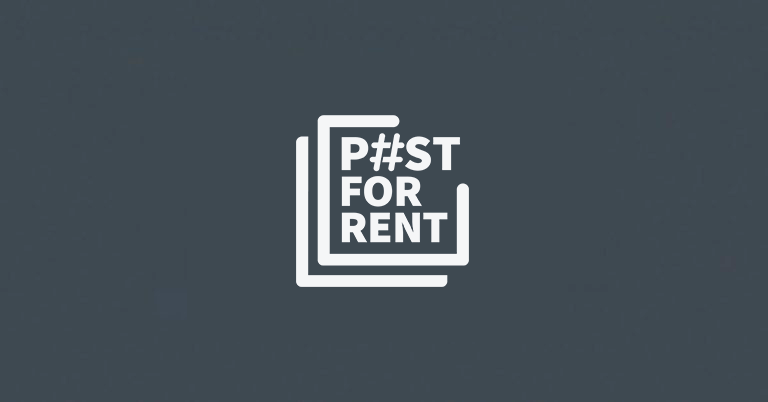
Key Features: Search/Discovery, Influencer Relationship Management, Team Collaboration Tools, Content Review, Campaign Management, Campaign Reporting, Influencer Analysis, Audience Analysis, Forms and Compliance, Payment Processing, Client Relationship Management,
Channels: Facebook, Instagram, Twitter, YouTube, TikTok, Blogs, Snapchat
12. Kolsquare
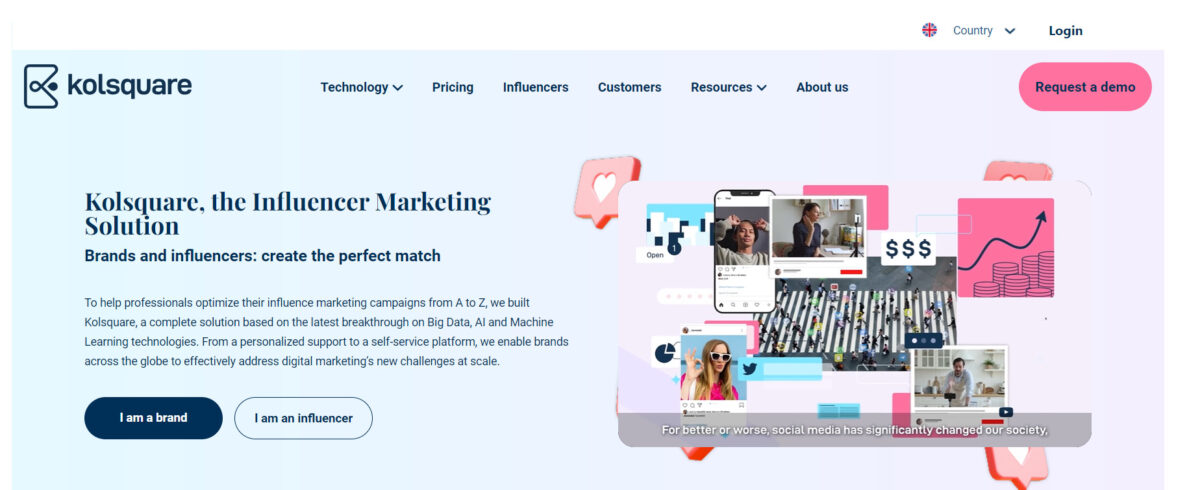
Founded in 2018, Kolsquare is quite unique to many other platforms on this list as its focus area is key opinion leader (KOL) marketing. Its Big Data, AI, and machine learning tech is trusted by brands like Coca-Cola and Sephora. Whether you simply want to identify key opinion leaders to partner with or looking for a more comprehensive tool that will manage your campaigns, Kolsquare can help.
It has a network of over 3 million international influencers. Then, to help you narrow down your search and find the most suitable profiles, it offers a sophisticated search engine and filters, while its audience credibility index will help eliminate fraudulent influencers.
Once you’ve found influencers for your campaign, it also offers a number of tools and features to help with campaign management and save time. If you work as part of a bigger team, it (for example) lets you manage access rules conveniently via your interface. So, it’s a great tool for marketing teams or agencies too.
No influencer marketing platform will be complete without tools to help you measure performance. With this, Kolsquare can help too.

Key Features: Search/Discovery, Influencer Relationship Management, Content Review, Content Library, Campaign Management, Campaign Reporting, Influencer Analysis, Audience Analysis, E-commerce Tools, Product/Gifting Tools, Fake Follower/Fraud Detection, Payment Processing, Social Listening, Competitor Research,
Channels: Instagram, Facebook, Twitter, YouTube, TikTok
13. Audiense
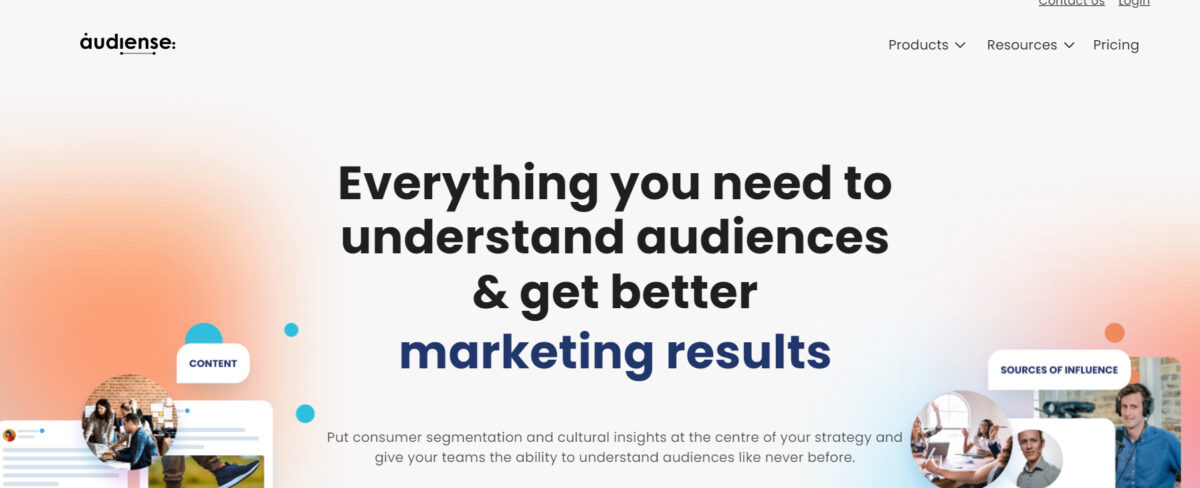
Audiense is a London-based company that was founded in 2011. It offers insights and analytics using data from Twitter to help brands create data-driven strategies and grow their business. Over recent years, it has been driving engagement and ROI for its clients through audience segmentation, which helps identify consumers most likely to respond to a brand’s message.
Audiense is user-friendly, making it easy for businesses of all sizes to get started with their influencer marketing campaigns. Its two products, Audience Insights and Audience Connect, help businesses understand how their followers are behaving, which can help uncover insights that would otherwise be difficult to find. With Audiense Insights, you can identify audiences in various niches by using the platform’s filters (more than 175 attributes). You can also search for macro or micro-influencers for paid ads or organic outreach and find out their demographics, personalities, audience preferences, and more. Through the tool, you can assess which influencers align with your budgetary and vision requirements.

Key Features: Search/Discovery, Audience Analysis, Social Listening, Competitor Research,
Channels: Instagram, Facebook, YouTube, TikTok
14. Find Your Influence

Find Your Influence (aka FYI) is an all-in-one influencer marketing solution that was founded in 2013 and is headquartered in Scottsdale, Arizona. It combines a strong knowledge of marketing (it was created by marketers for marketers) with proprietary technology to help brands and agencies identify influencers, manage campaigns, and track metrics.
Their community of influencers post on various social platforms about a wide range of topics. Though, before they can join the FYI network, their engagement and social channels are screened and tiered accordingly. If you can’t find the right influencer for your campaign, they also offer talent management and can recruit influencers for your specific campaign. You can also list the social media platforms that you want to use when you create your campaign, making it a great tool if your audience hangs out in a specific channel.
Then, once you’ve found influencers for your campaign, it offers a number of engagement tools to ensure communication is seamless. If you need more human help, they also have a Managed Services team at hand that can help you implement your influencer marketing campaigns with guaranteed results.

Key Features: Campaign Management, Influencer Marketplace, Search/Discovery, Automated Recruiting, Content Review, Content Library, Campaign Reporting, Influencer Analysis, Audience Analysis, Product/Gifting Tools, Fake Follower/Fraud Detection, Payment Processing,
Channels: Instagram, TikTok, Facebook, Pinterest, Youtube
15. Julius
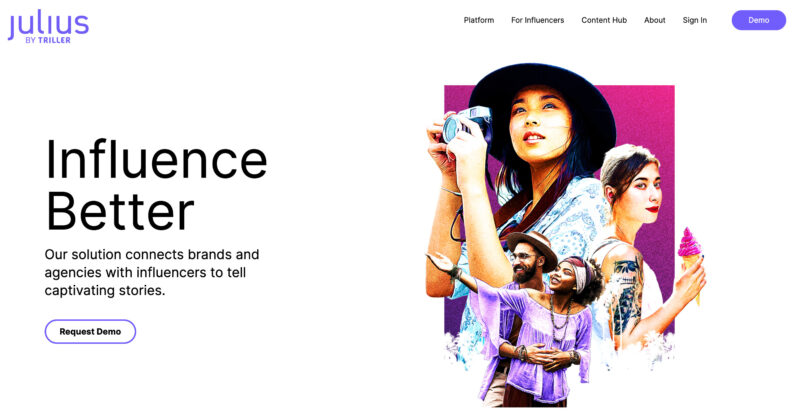
Julius began life as Thuzio, a web-based talent agency for athletes looking to make extra money with appearance fees and endorsement deals. Over time, other types of influencers joined the roster, and eventually, Thuzio morphed into Julius, the Influencer Search and Discovery tool.
Julius’ talent database has now grown to millions of influencers, each of whom has been manually researched before he or she was entered into the database. It covers a wide range of social media channels: TikTok, Facebook, Twitter, Instagram, Pinterest, Vine, Snapchat, and YouTube.
Julius benefits from having a comprehensive and easy-to-use search facility, with more than 50 influencer-specific filters to choose from that can be combined in any way.

Key Features: Search/Discovery, Influencer Relationship Management, Campaign Management, Campaign Reporting, Influencer Analysis, Audience Analysis, Forms/Compliance,
Channels: TikTok, Facebook, Twitter, Instagram, Pinterest, Vine, Snapchat, YouTube
16. Open Influence

Open Influence’s mission is to give brands a human voice, and content is how they do it. They have built up a database of 100,000 influencers on Snapchat, Instagram, Twitter, Facebook, and YouTube. They describe themselves as being a “Mobile First Company” and place their main focus on mobile-specific networks like Instagram and Snapchat.
The heart of Open Influence is it’s Influencer Search Engine. Along with the 100,000 influencers it recognizes 3,000,000 unique mentions and 5,000,000 keywords. It uses keywords for search rather than predetermined verticals. It offers multiple search options for brands trying to locate the perfect influencers.
Open Influence is more than just a search engine though. They help brands to create a strategy, match influencers, engage influencers, confirm activations and report.
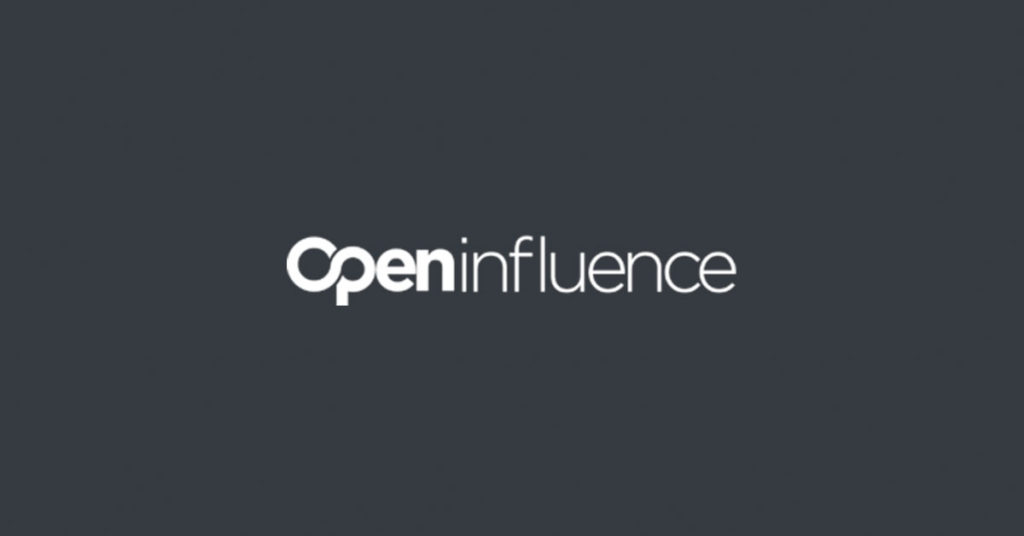
Key Features: Search/Discovery, Content Review, Content Library, Campaign Management, Campaign Reporting, Influencer Analysis, Audience Analysis, Visual Discovery,
Channels: Instagram, Facebook, Twitter, YouTube, Pinterest, Snapchat, Blogs
17. BrandBacker
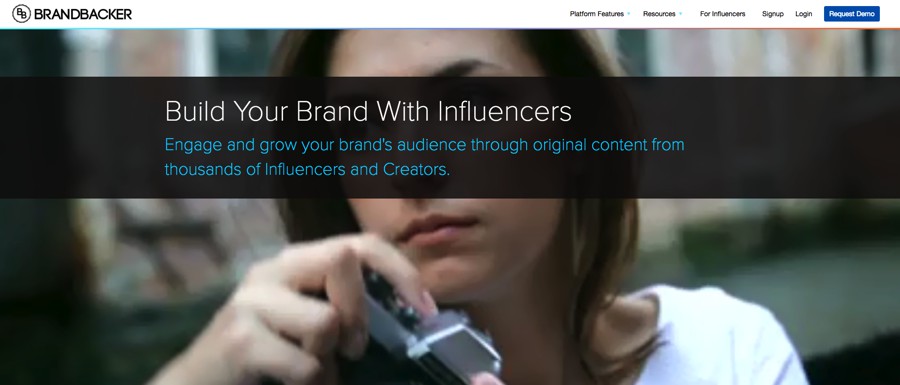
BrandBacker is another influencer marketing platform that encourages talented social media users to join up as an influencer. It particularly focuses on niches such as beauty, women’s fashion, mommy, menswear, lifestyle, food, and travel. There are currently 30,000 influencers signed up.
Influencers receive opportunities in their dashboard for such things as free samples, paid posts, discounts and early access to things. They are also given the opportunity to apply to campaigns that interest them. Once a brand agrees to use an influencer, that person creates content and submits it for brand approval. Once approved it is up to the influencers to publish the content and share it with their audience.
Brandbacker provides a great deal of data for brands. Brands can learn who is talking about their brand, and compare their content performance with their competitors. Brandbacker also shows industry trends and in-depth detail about topic trends.
18. Influsoft
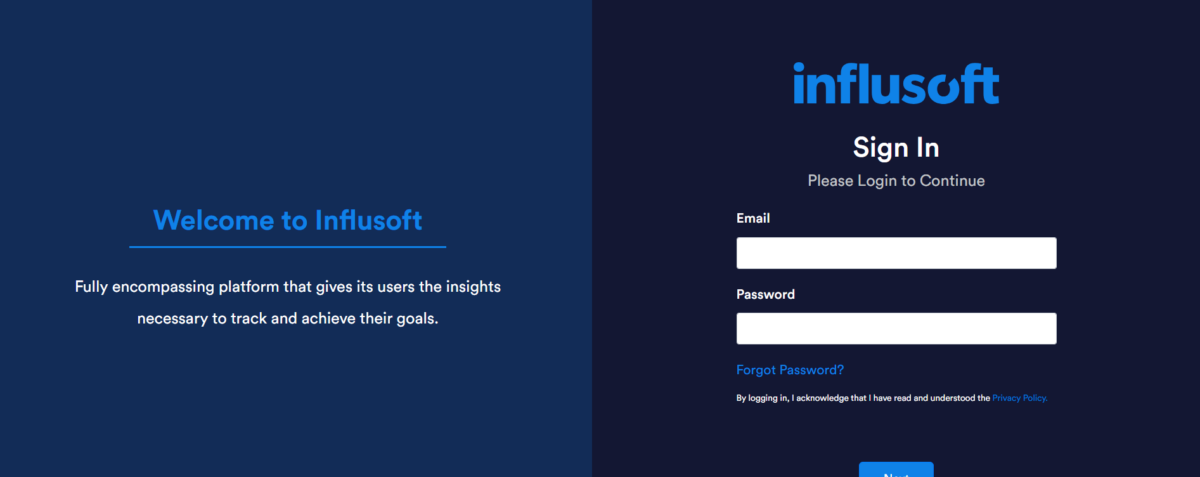
Influsoft focuses on enterprise clients, so if you’re a small or medium business, you might want to turn your focus onto one of the other platforms listed here. Its creator, Viral Nation, built Influsoft as a tool, before spinning it off as a separate entity. Viral Nation was the first client, and it now claims to also work with Activision Blizzard, Tencent Games, Canon, Facebook Oculus, and Elite Model World.
Its Discovery module is highly detailed. You can make in-depth searches of the millions of influencers in Influsoft’s database. However, as most of this information comes from third-party sources, Influsoft prefers not to focus on this module. Instead, it emphasizes the importance of using first-party data once you have selected/referred influencers. They view their Discovery engine as more of a means to an end rather than the end itself. They prefer to focus on the data made available by the influencers with whom they work. These people sign rights that give Influsoft access to more detailed analytics than the social networks make available to the public. For example, with an influencer on YouTube, you’ll get deep insights into how audiences interacted with each video—average watch time, as well as a second-by-second view of where people drop off. Videos on Facebook include data points specific to the platform, like a breakdown of those who watch with the sound on vs. off, and whether the audience is paid or organic.
Influsoft also includes a Plan module where you can undertake all the upfront tasks needed for a campaign. Once you’ve planned your campaign, you can shift to the Measure module, which gives you a live update on how your campaign is performing. You can go even further into this in the Listen module, which goes into even further analysis of your campaign’s performance. This includes sentiment analysis – not just positive/neutral/negative, but also more detailed emotion analysis.

Key Features: Search/Discovery, Influencer Relationship Management, Campaign Management, Campaign Reporting, Influencer Analysis, Audience Analysis, Fake Follower/Fraud Detection, Social Listening, Competitor Research, Team/Collaboration Tools,
Channels: Instagram, Facebook, YouTube, Twitter, Twitch, TikTok
19. Influencer Intelligence
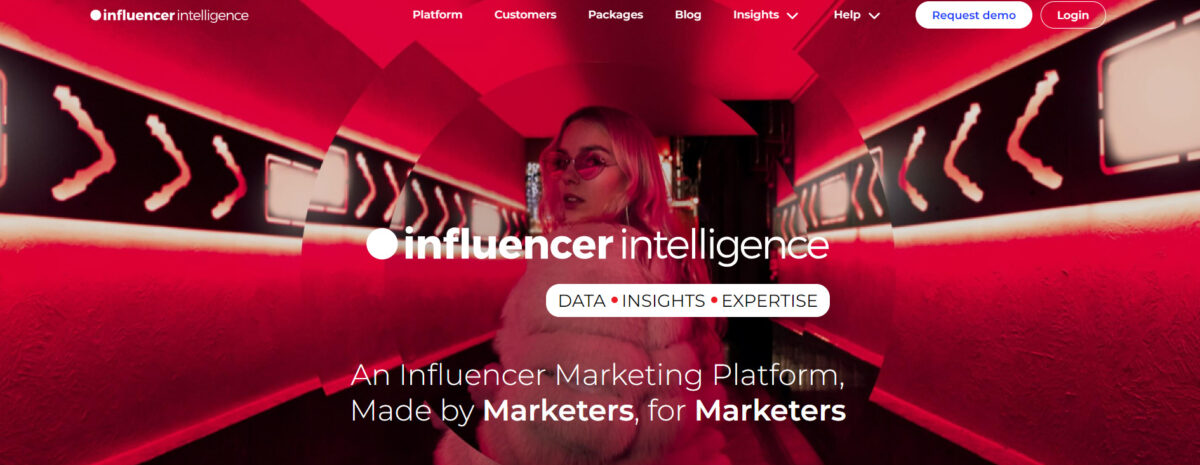
Finding the best influencer can be tough, which is why Influencer Intelligence is a great resource. The platform provides detailed data on influencer profiles, including their social media followers, audience demographics, and engagement rates. When searching through their database, you can apply various filters, such as influencer type, interests, attributes, endorsements, social media topics, and more. This information can help you determine which influencers are the best fit for your campaign and ensure that your message is reaching the right people.
Influencer Intelligence also offers data-driven tools to measure how well an influencer’s posts are performing on social media platforms and assess the impact they have had on brand awareness or sales. Its data is reliable and can be trusted to provide insightful information on how well influencers are performing in relation to your target audience. With this knowledge at hand, you can make informed decisions about who to work with next and tweak your campaigns as needed.
The platform helps you track the performance of all your influencer campaigns in one place. It provides metrics like total reach, cost per engagement, and social media value. This makes it a valuable asset for businesses that want to make sure their investments are paying off and helps you optimize your budget accordingly.
Influencer Intelligence is highly respected within the industry and has partnerships with some of the biggest names in business, such as Amazon, Sony, Netflix, and Disney.
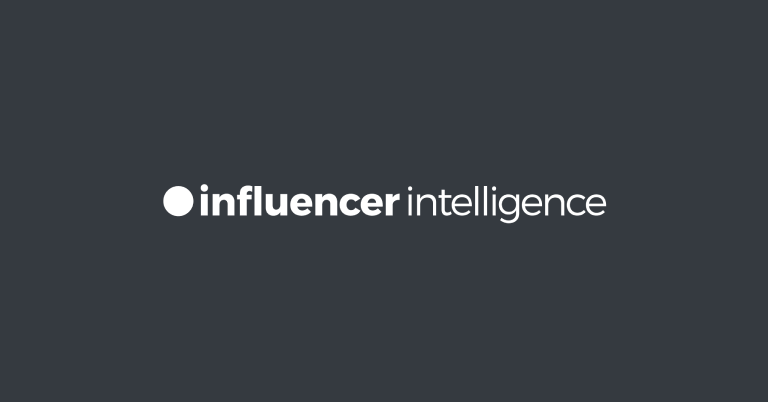
Key Features: Influencer Relationship Management, Campaign Reporting, Influencer Analysis, Audience Analysis,
20. Mavrck
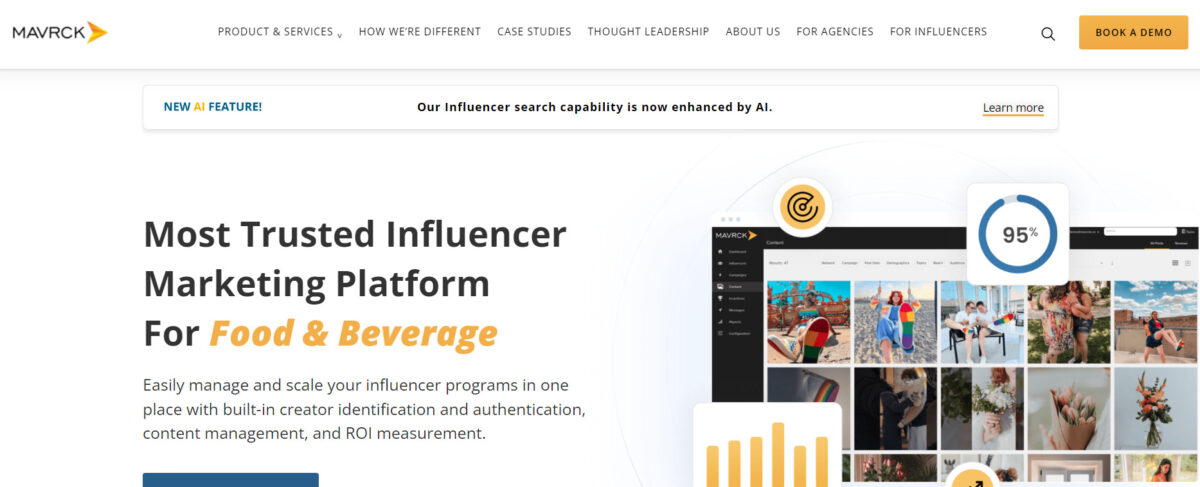
Although you can use Mavrck to discover influencers, much as you can other influencer marketing platforms, you can also use it to examine your existing customers to find those with sufficient online clout to make worthy brand advocates. You can also add your employees to the mix if you desire.
You can discover influencers by searching Mavrck’s database of Instagram, Facebook, YouTube, Pinterest, Twitter, and blog influencers. As well as searching by these social networks, you can find influencers by audience demographics like age, gender, and location.
Once you’ve found a suitable mix of influencers/customer advocates/employee advocates, you can activate them across all the social networks mentioned above, along with TikTok and Twitch. You can ask them to perform simple tasks for you or ask them to create more complex content, such as videos.
Mavrck then makes it easy for you to manage thousands of influencer relationships. Indeed, thanks to its programmatic nature, you can customize your entire campaign workflow, from managing your influencer contracts to providing feedback on content and tracking performance.
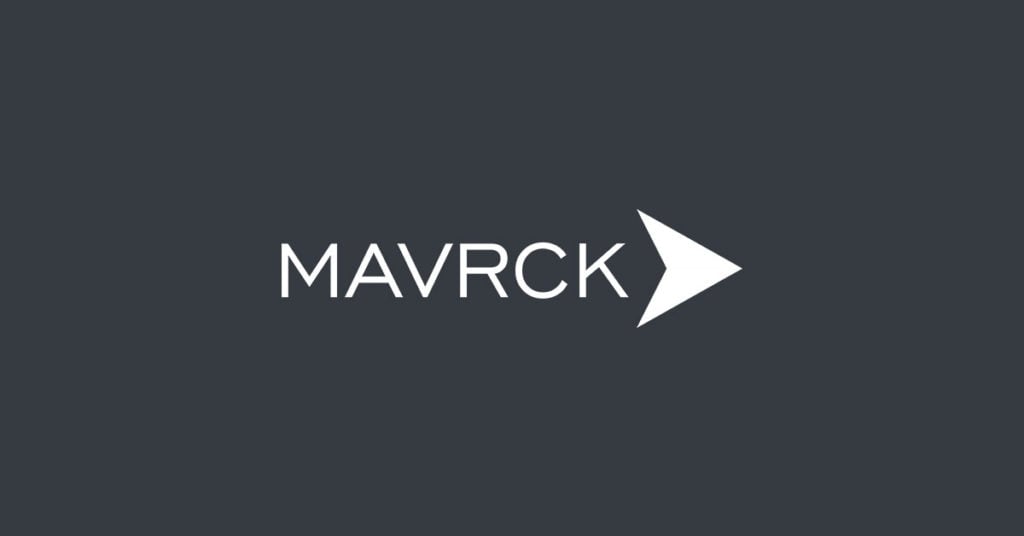
Key Features: Search/Discovery, Influencer Relationship Management, Campaign Management, Campaign Reporting, Influencer Analysis, Audience Analysis, E-commerce Tools,
Channels: Facebook, Instagram, YouTube, Pinterest,TikTok, Twitter, Twitch, Blogs
21. Pixlee TurnTo

Pixlee TurnTo is not an influencer marketing platform in the true sense of the word. Instead, it’s more accurately described as a platform that helps brands to curate social content that features their products or services. With the help of the platform, they can then repurpose this content so that it can be used as a “new” digital marketing asset on channels, like their landing page or business website, or to be used in paid ads.
Over the years, though, Pixlee TurnTo has expanded its list of impressive features to match its popularity. Some of the features that it has added include tools to help brands with influencer marketing. Thanks to these upgrades, Pixlee TurnTo users can now also easily search for creators and start a collaboration.
That said, it still takes a content-first approach and its curation tools remain one of its main focuses. This means that you might find relevant influencers to partner with through their content first instead of starting the discovery process with their profiles. This process of identifying influencers by searching for suitable content is one of the features that make Pixlee TurnTo so unique as most influencer marketing platforms don’t follow this approach.
However, if you prefer to search for influencers the “traditional” way, it lets you do that. You can, for example, use mentions, hashtags, and keywords to search for potential influencers.
Other useful features that it offers to help you scale your influencer marketing efforts are personalized affiliate links, influencer landing pages, payment tracking, and integration with eCommerce platforms. Then, to help you make sense of the performance of your campaigns, it also lets you build and share custom reports.
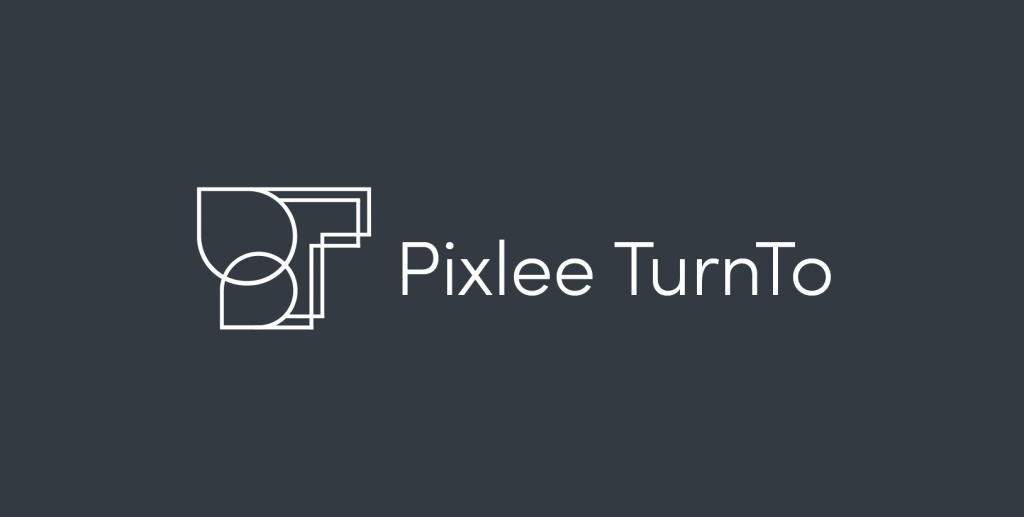
Key Features: Content Amplification, Search/Discovery, Influencer Relationship Management, Influencer Marketplace, Team Collaboration Tools, Content Review, Content Library, Campaign Management, Campaign Reporting,
Channels: Instagram, TikTok, Facebook, Youtube, Twitter
22. Influence.co
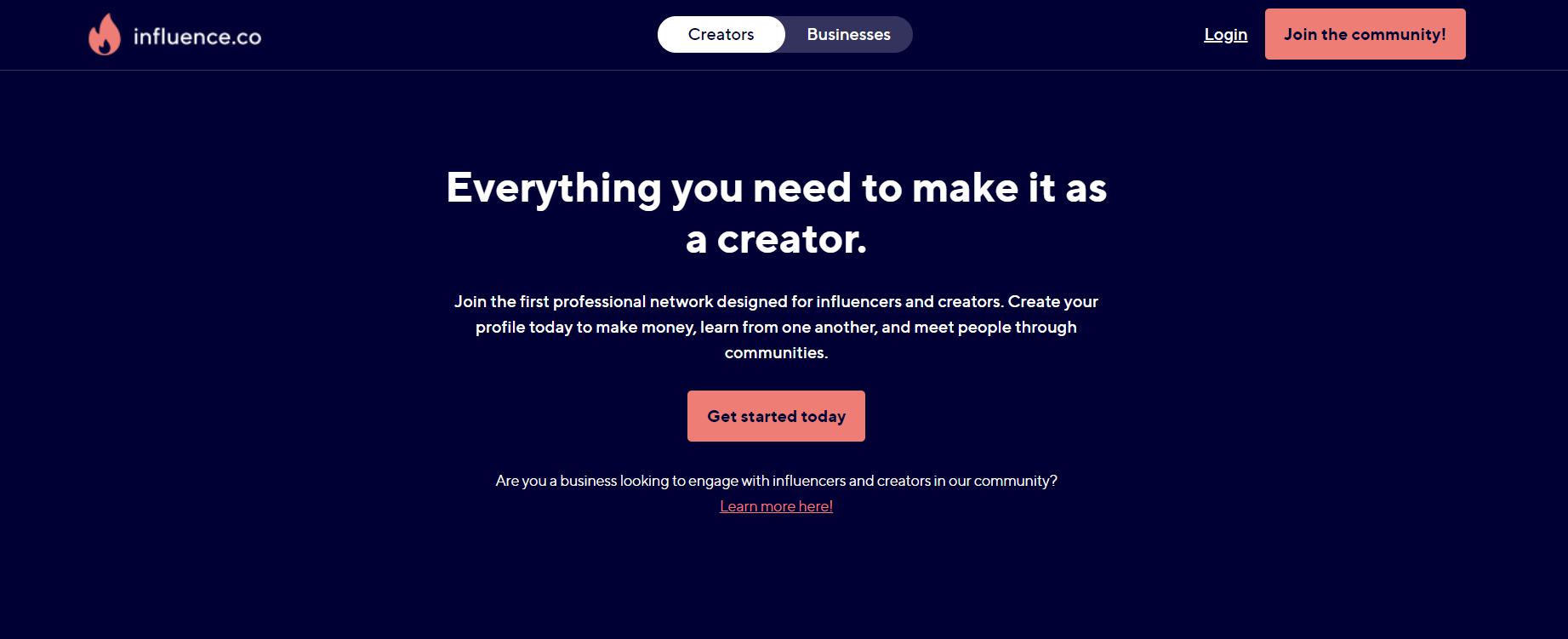
influence.co is an influencer marketplace with a difference – it provides a social foundation for brands to meet and interact socially with influencers. Brands can search for influencers easily enough, just as with most influencer platforms. Yet, it’s likely to be those they find organically, those interacting with posts up and down the feed, who end up in a long term brand/creator relationship. influence.co has created a communal and collaborative social space focused on a specific audience.
Anyone can participate in the social aspect for free. It helps you discover new talent and can complement your existing methods without complicating or compromising them.
The social feed is populated with a wide mix of content: influencers can post to show their worth; brands can share content or open campaigns, and brands can even ask for input from influencers, including asking for advice on what works and what doesn’t. Influencers can create much more thorough profiles for themselves than on the typical platform and showcase their work. Those brands that pay for a Pro subscription can view even more advanced demographics as part of first-party data influence.co receives via API.
The social aspect of influence.co doesn’t take the place of discovery and activation; however, it complements it. Brands can post campaigns traditionally if they prefer, too.
Those who buy the Business Pro plan gain access to campaign management tools to handle all the applications, communicate with team members, and finalize content for everything to go live. Pro members also have access to reporting for their campaigns.

Key Features: Search/Discovery, Automated Recruiting, Influencer Relationship Management, Influencer Marketplace, Content Library, Campaign Management, Campaign Reporting, Influencer Analysis, Audience Analysis,
Channels: Instagram, YouTube, Facebook, Pinterest, Twitter, Patreon, Snapchat, Tiktok, Amazon
23. Refersion
Technically, Refersion isn’t an influencer marketing platform – it’s an affiliate marketing platform. Yet, it meets many of the needs of influencer marketing. There are many similarities between affiliates and influencers. Both tend to be people who own well-trafficked websites and social pages. However, instead of collaborating with brands to create advertising campaigns and content for them in exchange for a fee, affiliate marketers initiate the sale of products to their followers and supporters in return for commissions on all sales conversions for which they are responsible.
Refersion has a strong eCommerce focus and integrates with all the major eCommerce platforms. It also makes an API available for other platforms. Refersion also works well with other influencer marketing platforms, integrating neatly with Upfluence, #paid, and Cohley.
The Refersion Marketplace works like a typical influencer marketplace. You publish a campaign (“offer”) with specifics about what you need and what you are prepared to pay. People apply to participate. One difference to many programs is that you don’t necessarily pay in cash, and you hand out trackable links and coupon codes to help track relevant influencer and affiliate activity. The platform helps you set up a landing page that can exist on your company website.
You can adapt your offers to fit each campaign best, whether that be a flat rate commission or increased payment rates as sales volumes go up.
Refersion recognizes that there are two parties to an influencer marketing transaction, so it includes a portal for influencers. Amongst other things, it shows them any requirements you have set for your campaign.
24. Webfluential
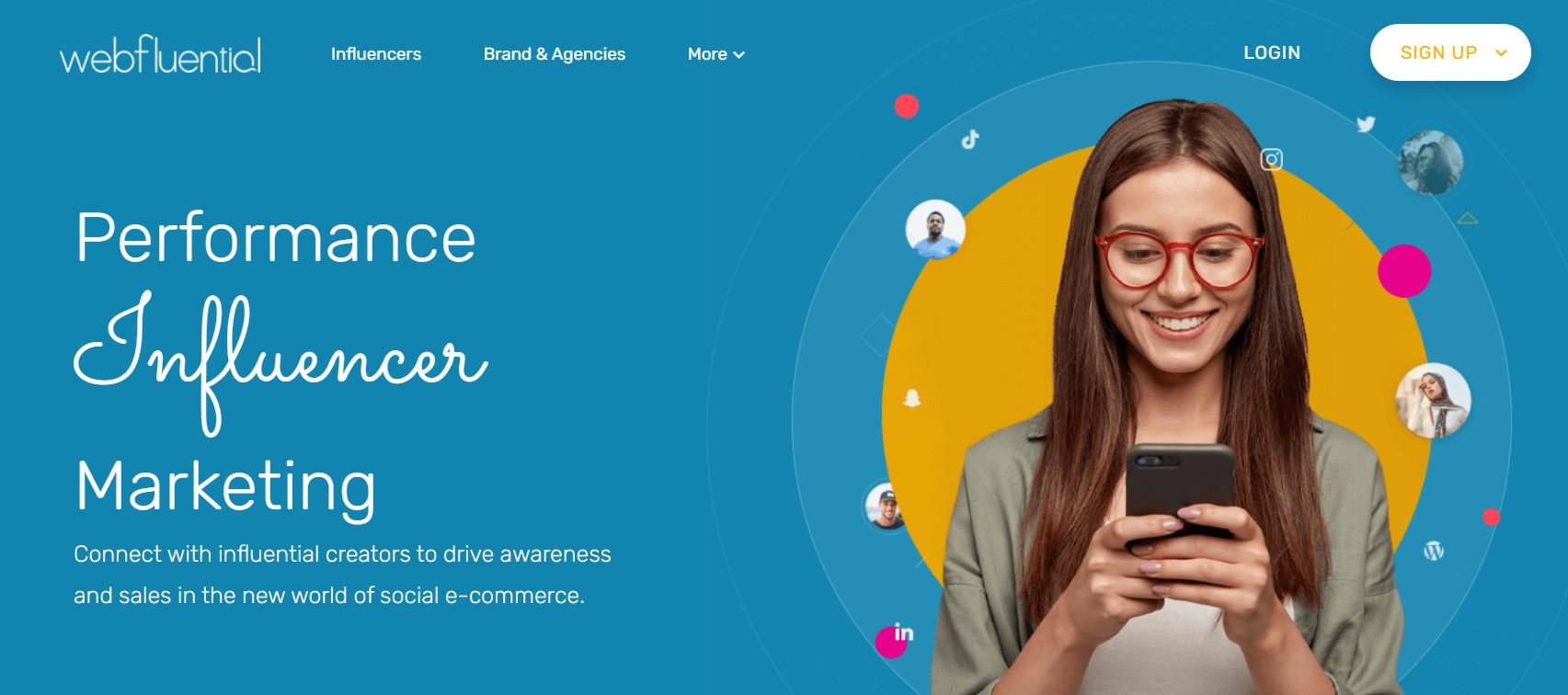
Webfluential looks at things from the opposite perspective to most of the big platforms. Rather than focusing on brands, and finding them suitable influencers, Webfluential put its focus on quality social media stars, finding them brands to work with. It works with stars on Facebook, Twitter, Instagram, YouTube, and WordPress.
This means that Webfluential only works with a roster of quality social media influencers. There is no social media post scraping here. The influencers on the Webfluential platform have been thoroughly vetted, approved, scored, and determined to be genuinely influential.
Influencers need to apply to be part of the system and if they make it through the vetting process they are given a dashboard to set up a profile, provide rates and publish a media kit. Webfluential adds a considerable amount of other data to help brands in their decision making.
The pricing system is also different from most. Brands pay a monthly fee based on the number of active influencers they have in their network (with a minimum monthly fee of $100). They also pay 10% of any content deal negotiated with influencers through the site. This makes Webfluential affordable for even small businesses wanting to participate in content marketing. Yet, even large corporations, like Adidas, Samsung, and Coca-Cola, are happy to be their clients.
Brands, agencies, and marketers search for suitable influencers within the Webinfleuntial system. They then negotiate with suitable influencers there and make payments within the system as well. It works similarly to some of the freelancing sites, like Upwork.
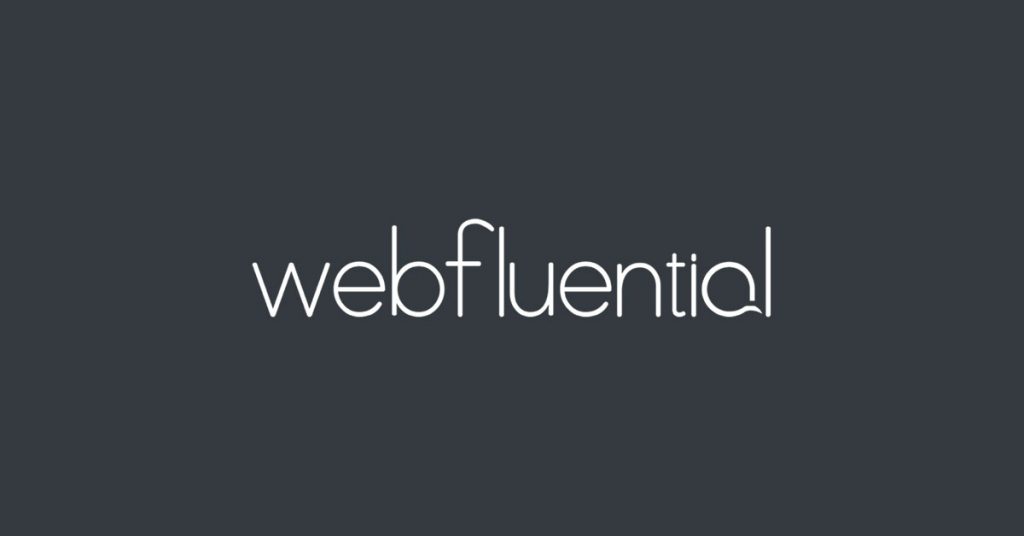
Key Features: Search/Discovery, Influencer Marketplace, Content Review, Campaign Management, Campaign Reporting, Influencer Analysis, Audience Analysis,
Channels: Facebook, Twitter, Instagram, Youtube, Wordpress
25. Storyclash

StoryClash sets itself apart by focusing on content instead of vanity metrics when discovering creators that are perfect for brands. The platform is equipped with effective tools and well-honed technology to get the data you need in discovering, tracking, and analyzing the content of your brand ambassadors.
By not primarily focusing on pure demographic data, StoryClash has developed its own effective approach in transforming good influencer marketing into an exceptional one.
The platform’s ability to carry out well-performing campaigns that translate to more sales can be attributed to working with genuine creators who click with a brand’s audience. Part of its content-based influencer discovery strategy is providing insights into brand collaborations with the help of an AI-powered recommendation engine.
As a client, StoryClash will make it easier for you to discover the kind of content that is popular at the moment. The platform makes it convenient for you to regularly monitor how your organization is ranked and get insights on how to score more interactions and video views.
StoryClash is also a big help when it comes to research and benchmarking, which is surely an added value for pitching or onboarding clients. With the platform, you have an entry point in monitoring your content and discovering content continuously, which is essential for increasing the output and performance of your content consistently.

Key Features: Search/Discovery, Influencer Relationship Management, Team Collaboration Tools, Content Library, Campaign Reporting, Product/Gifting Tools, Fake Follower/Fraud Detection, Social Listening, Competitor Research,
Channels: Instagram, Tiktok, Youtube, Facebook & Twitter
26. Brybe
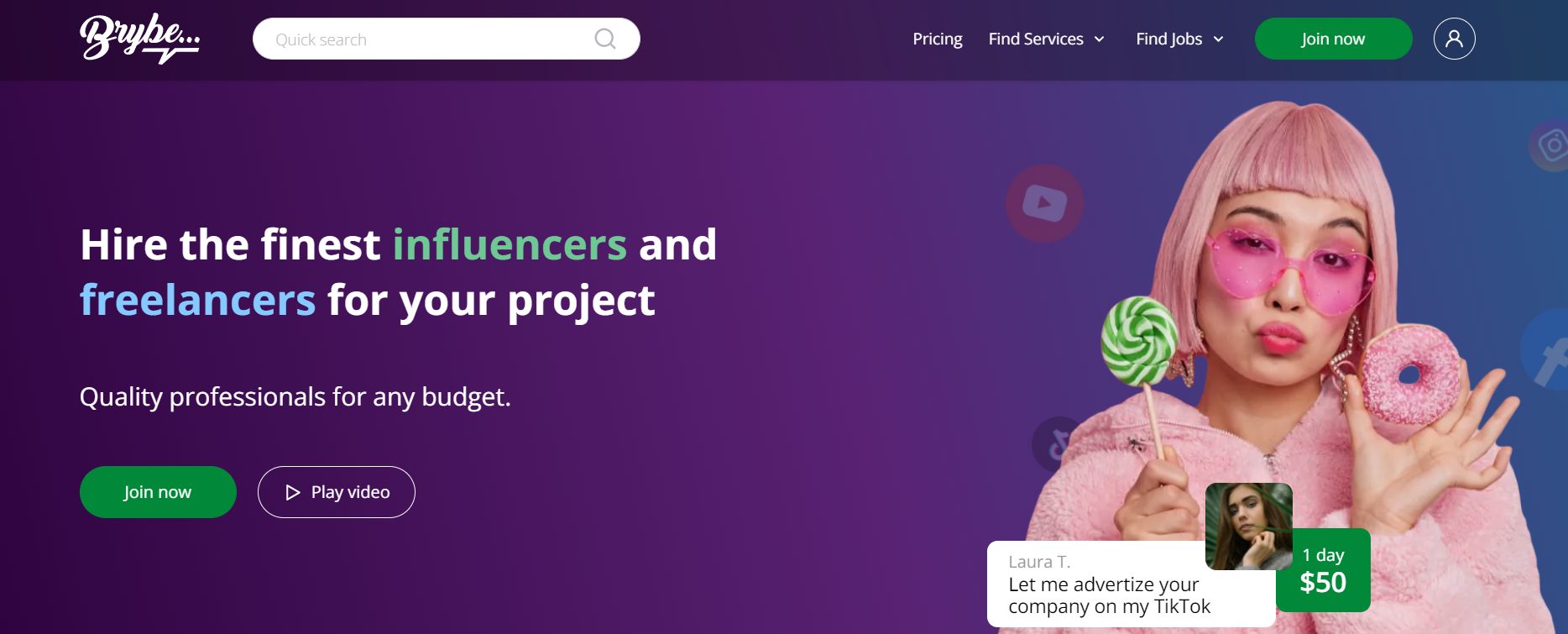
Brybe focuses on nano and micro-influencers and small and medium-sized businesses. Somewhat unusually for influencer platforms, Brybe’s roster of influencers set their prices (or you negotiate with them), and brands pay Brybe a 15% fee on top of whatever is agreed upon by both parties. Influencers can create custom packages, offering a bundle of services for a flat fee.
Another difference with Brybe is that in addition to having buyers (brands) and influencers as clients, they also target freelancers. They consider freelancers to be creators, often without influence. Freelancers can use the site to connect with buyers who need assistance with content creation, e.g., photos, videos, words, illustrations, etc.
Despite Brybe’s stated focus on small businesses and comparatively low-profile influencers, the platform also uncovers some well-known celebrities and macro/mega influencers. These include people like Leo Messi and Colleen Ballinger.
Brands can either create a campaign that broadcasts out to the platform for creators to apply for or search for people and deal with them directly. If a creator offers packages of services (called Brybes), you will find a menu of their options on their profile.
In many ways, Brybe looks like Upwork on steroids but focusing on influencer marketing.
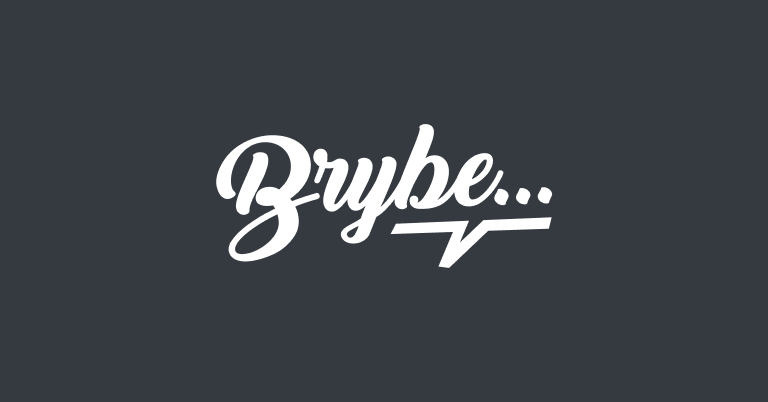
Key Features: Search/Discovery, Automated Recruiting, Influencer Marketplace, Content Review, Payment Processing,
Channels: Instagram, Facebook, YouTube, TikTok, Twitter, Bloggers
27. NeoReach
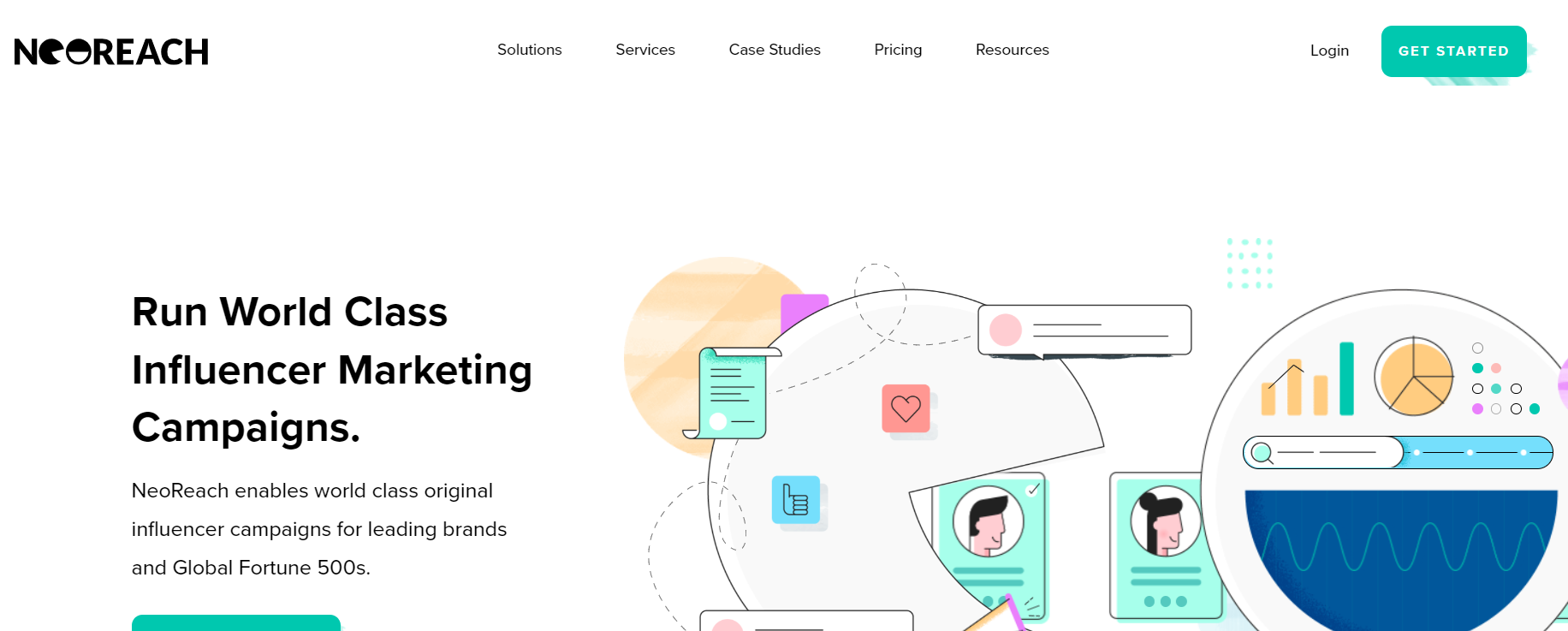
NeoReach grew out of a Stanford University class where Jesse Leimgruber (now CEO) and Misha Talavera (now CMO) came up with the idea for a digital marketing platform which would connect social media influencers with brands. The idea had enough traction for Leimgruber and Talavera to be accepted into Stanford’s accelerator program, which seeded NeoReach’s creation.
NeoReach uses an algorithm to mine the social web for data and indexes it through their platform. This has found 3,000,000 influencers for the NeoReach database.
NeoReach platform requires an annual subscription with custom pricing based on user count and other factors. It’s not suitable for small or medium-sized businesses; it caters to large companies with extensive marketing departments.
It collects a considerable quantity of data on each influencer. It also provides numerous tools for its clients, helping them to find influencers, run campaigns, track campaign performance, and report.
NeoReach looks at influencer activity on Facebook, Twitter, Instagram, YouTube, Pinterest, and Snapchat.
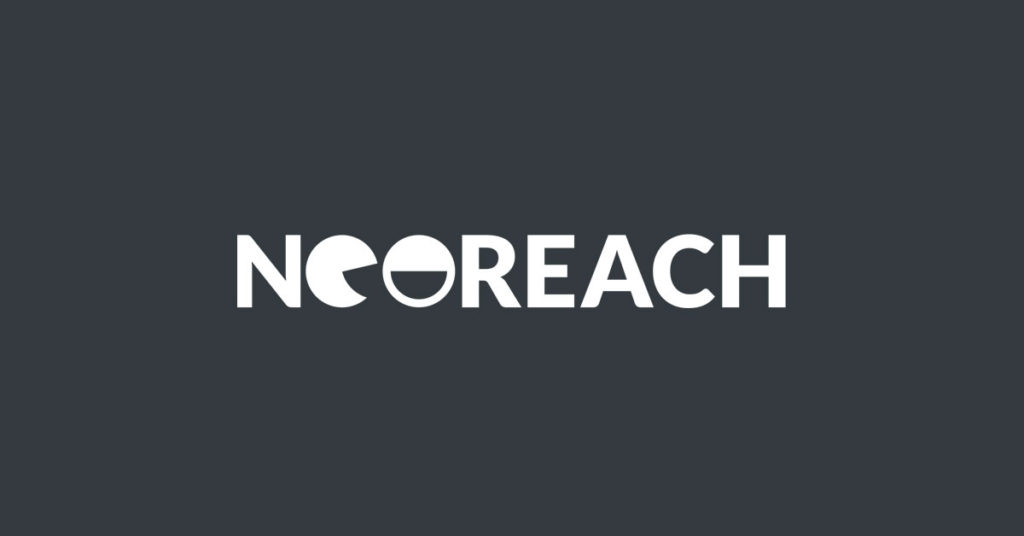
Key Features: Campaign Management, Search/Discovery, Influencer Relationship Management, Team Collaboration Tools, Campaign Reporting, Influencer Analysis, Audience Analysis, Forms and Compliance,
Channels: Facebook, Twitter, Instagram, YouTube, Pinterest, Snapchat
28. Affable.ai
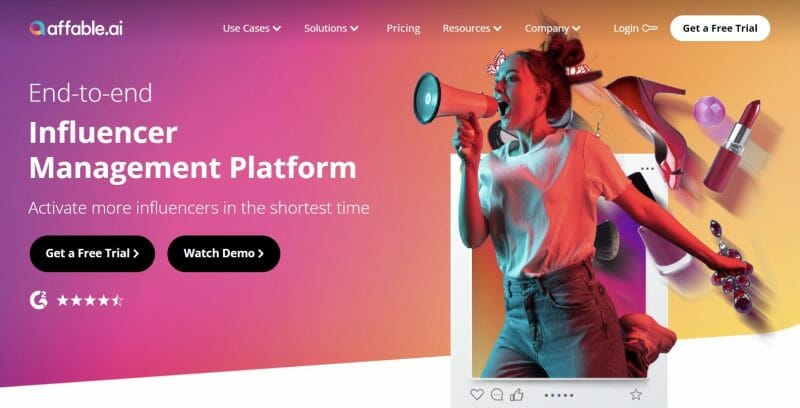
Affable.ai is one of the influencer marketing platforms that helps startups and enterprise businesses connect with top influencers in their respective fields. It has a database of 6 million influencers across Instagram, YouTube, TikTok, Facebook, and Twitter. Offering over 20 advanced search filters, the platform helps businesses identify and target relevant influencers, build relationships with them, and ultimately amplify the reach of the brand’s message.
Affable.ai’s influencer marketing platform is one of the most comprehensive on this list due to its ability to track Instagram stories and measure engagement rates, a metric essential to every digital marketing strategy. It also measures link clicks and Shopify sales. This provides businesses with valuable insights into how well their influencer campaigns are performing, which can help them make informed decisions about how to tweak their campaigns for more improvement.
The team at Affable.ai can make your life easier by taking care of all the behind-the-scenes tasks that get in the way of running effective marketing campaigns. So if you’re looking to boost your bottom line while also increasing your brand visibility, then Affable.ai is worth considering.
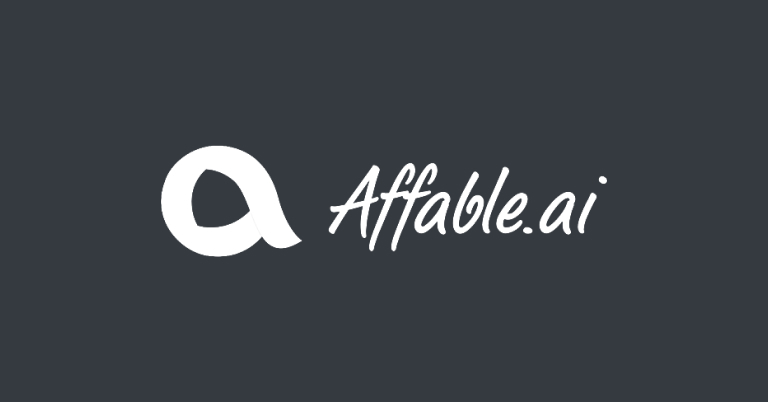
Key Features: Search/Discovery, Influencer Relationship Management, Content Library, Campaign Management, Campaign Reporting, Influencer Analysis, Audience Analysis, Social Listening, Competitor Research,
Channels: Instagram, Facebook, YouTube, TikTok
29. Tagger Media

Tagger places a strong emphasis on data. It tracks more than 9 billion social conversations, all indexed, analyzed, and searchable. This is not software for a small business. Tagger offers more use and data than a small company would know what to do with.
It offers all the features of an influencer marketplace but has so much more. You can perform advanced searches on a database of influencers. You can create campaigns available only to those that you invite or make them open so that anyone can apply. Searches for influencers offer dozens of filters to refine results. Once you have selected influencers (using Tagger’s wealth of data), you can manage all the influencers and their content submissions easily. Tagger also allows you to analyze the performance of all posts and influencers and determine your ROI.
Tagger’s greatest strength is the way it allows you to use influencer psychographics. The platform analyses what people talk about to understand their interests and affinities. It can clearly identify the topics that interest people and about which they are likely to speak. This makes it easy to find influencers whose audiences will take a genuine interest in your brand.
In many ways, Tagger is an incredibly in-depth social listening tool – not only of a brand and its potential influencers but also of the company’s competitors.
Tagger offers a detailed dashboard with many ways to organize your marketing efforts. You can group influencers in virtually any way imaginable and track an entire group. Tagger’s customizable workflow tools ensure that everyone who needs to be involved is.
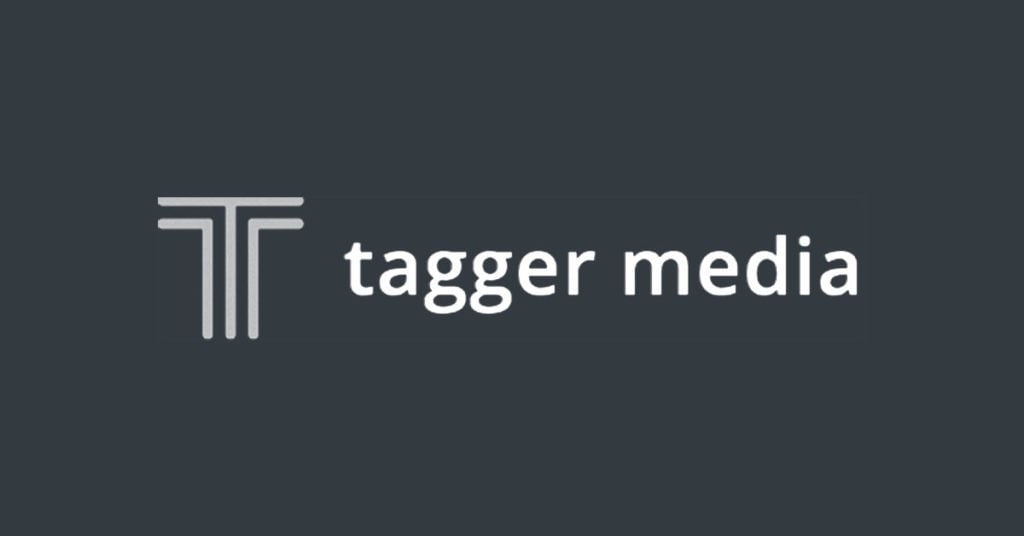
Key Features: Search/Discovery, Automated Recruiting, Influencer Marketplace, Team Collaboration Tools, Content Library, Campaign Management, Campaign Reporting, Influencer Analysis, Audience Analysis, Fake Follower/Fraud Detection, Payment Processing, Social Listening, Competitor Research,
Channels: Facebook, Instagram, Twitter, YouTube, TikTok
30. Humanz
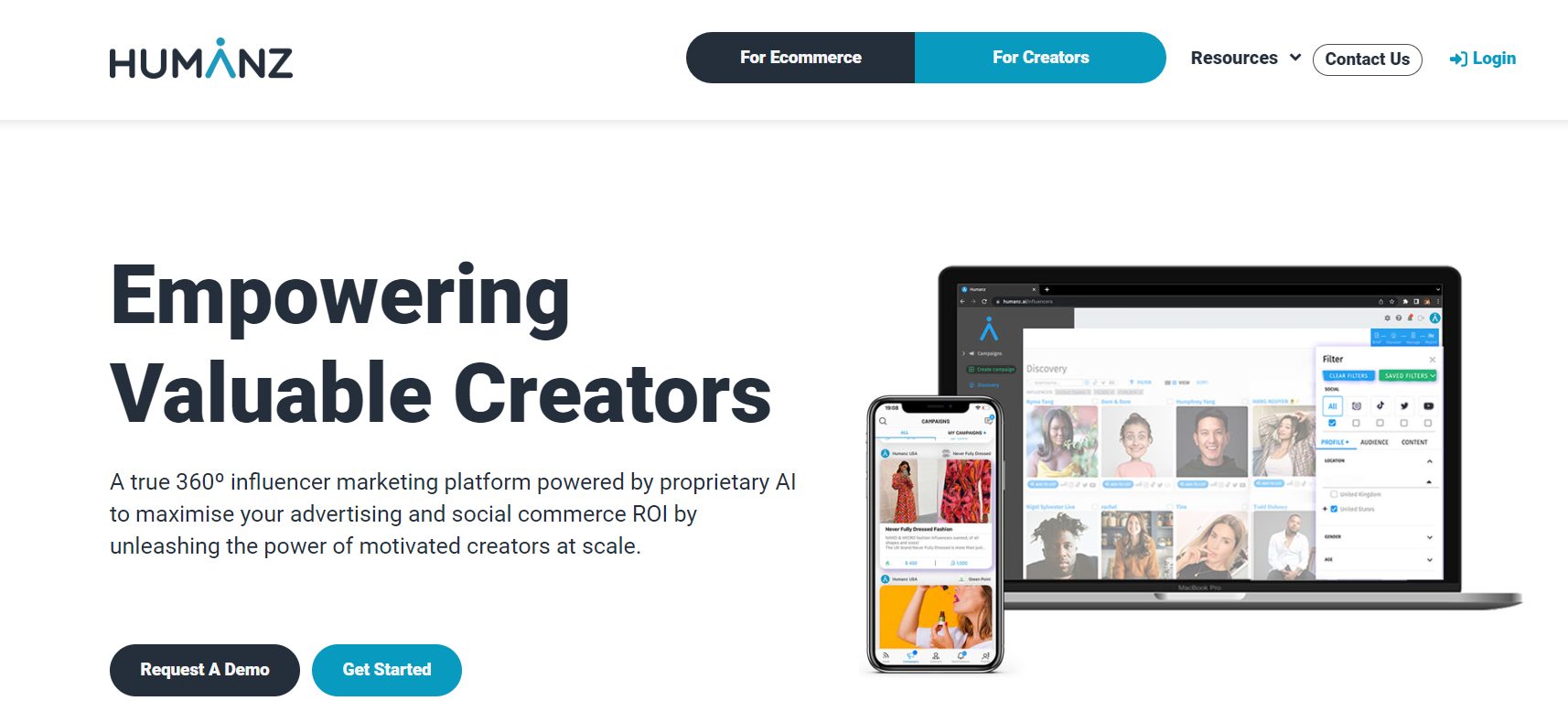
While it was founded merely a few years ago in 2019, Humanz has already impressed a number of big names (including yours truly). In fact, if you read our full review of its platform, you’ll see that we’ve given it 5 out of 5 stars. In short, they describe themselves as an influencer marketing platform, powered by artificial intelligence, with the goal to restore trust between brands, creators, and their target audiences.
It offers a marketplace of over 50,000 influencers helping brands and their marketing teams to find the right influencer for their campaigns. By working with a registered influencer, it makes it easier to stay on top of tasks like communication and content approval as everything is centralized. That being said, if you would prefer to work with other influencers not registered on their platform, you’re more than welcome to do so.
What makes the software one of the greatest tools is that you’ll also get much more accurate insight into influencers and their potential reach. With the help of its algorithm, it analyzes public profiles with regards to followers, text, image and video content, and performance data.
Influencer marketing platforms are mainly designed to help brands with their influencer marketing campaigns, but Humanz has made it their mission to create a platform that appeals as much to brands as it appeals to influencers. Both marketers and influencers can look forward to the same level of functionality and intuitiveness. All in all, the sleek interface needs to be praised for the careful consideration and planning that went into its features.

Key Features: Influencer Marketplace, Search/Discovery, Automated Recruiting, Influencer Lifecycle Management, Influencer Relationship Management, Team Collaboration Tools, Content Review, Content Library, Campaign Management, Campaign Reporting, Influencer Analysis, Audience Analysis, E-commerce Tools, Product/Gifting Tools, Fake Follower/Fraud Detection, Payment Processing, Competitor Research, Exportable reports,
31. Gen.video
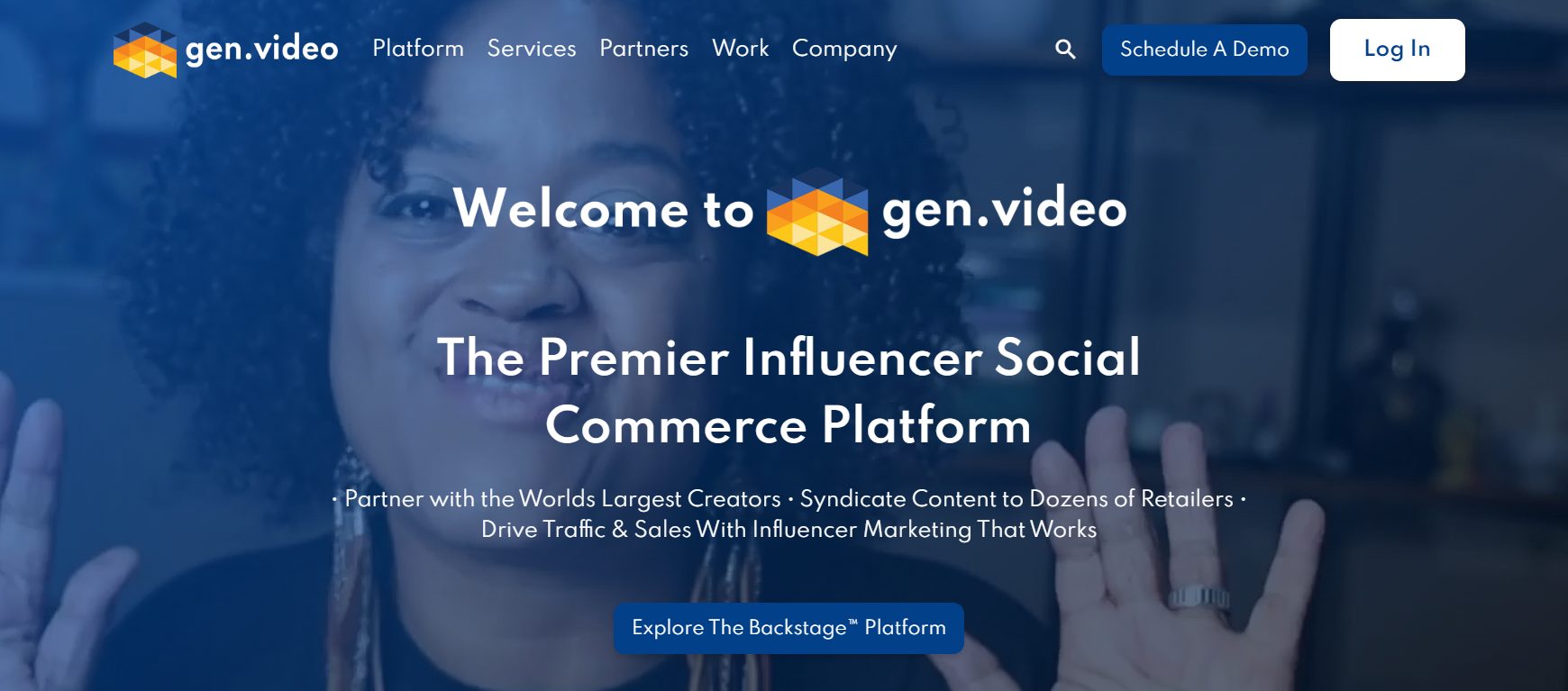
Gen. video offers a performance-based platform optimized for every touchpoint in a customer journey. It has a strong focus on analytics. From the moment you select your influencers, you gain access to upper and lower funnel performance metrics – traffic, sales conversions, and in-depth shopping cart visibility from significant retailers, including Amazon, Target, Walmart, Best Buy, and more. Their attribution system collects retail data and provides deep reporting and broad insights on the outcomes of your influencer marketing efforts.
You can use their easy-to-use platform to manage all the moving parts of your influencer marketing campaigns – budgets, briefs, influencers, timelines, contracts, content approvals, and analytics.
Their custom, immersive shopping experiences puts consumers in control of which retailer they shop at for your products, allowing you to collect valuable shopper insights.
You can use their data to choose content creators to create brand awareness and drive conversion most authentically. Influencer rosters and key campaign details, such as contact information, contracts and rights, and ongoing performance data are integrated directly into the platform.

Key Features: Influencer Relationship Management, Content Review, Content Library, Campaign Management, E-commerce Tools, Product/Gifting Tools, Forms and Compliance,
Channels: YouTube, Instagram, Facebook, TikTok, Amazon Live, Twitter, Pinterest, Snapchat, Twitch and Blog
32. HYPR
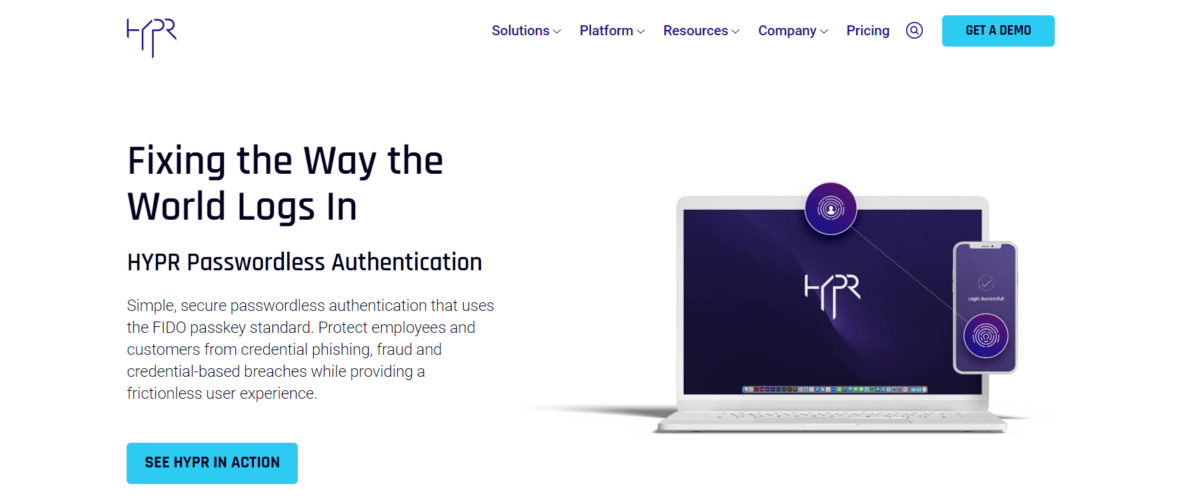
Hypr is predominantly an influencer platform designed for brands to discover influencers, based on their postings on Facebook, Twitter, Instagram, YouTube, and Pinterest.
They have a gigantic database of 10 million influencers, along with extensive demographic data about each influencer’s following. Obviously, this is not an opt-in network. They have a giant search engine scraping social media posts, determining popularity, and collecting data.
Hypr considers itself a “talent agnostic” search engine, as it relies on data, not opinion, to determine who is an influencer.
Obviously, Hypr’s main strength is the power of its search engine, which allows for very comprehensive and targeted searches for particular types of influencers (although the capabilities are severely restricted for those who choose the Standard plan).
The only real management tool is the ability to create lists of different groupings of influencers.
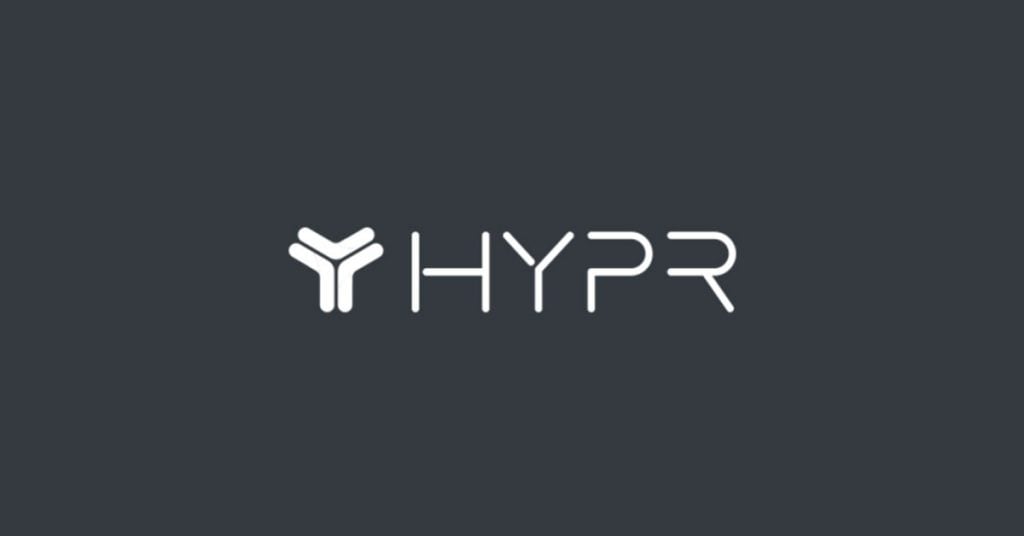
Key Features: Influencer Search & Discovery, Influencer Outreach and Engagement, Performance Tracking with Audience Demographics and Conversion Attribution, Global Influencer Payment, Fraud Detection and Audience Health,
Channels: Instagram, Facebook, Twitter, YouTube, Pinterest
33. Captiv8
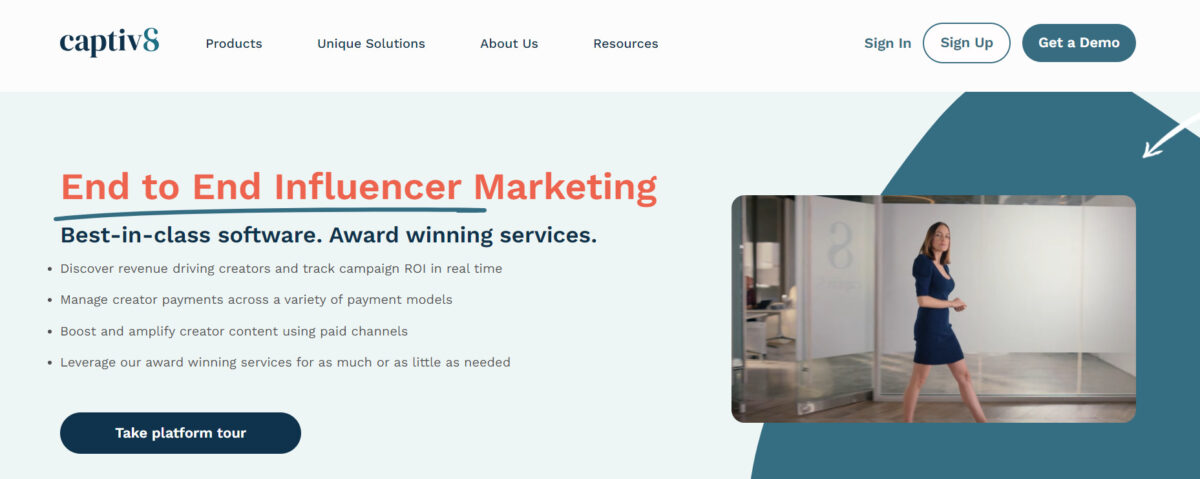
captiv8 was established in 2015, initially as a social listening and analytics tool. They were able to amass a considerable amount of data on digital celebrities appearing on Instagram. Before long, captiv8 was providing listening and data services to almost 80% of the top 30 talent agencies in the world.
captiv8 has added additional features over the years. It is now an end-to-end influencer marketing platform with more than 1.5 million influencers in its database, although the social listening feature is still prominent. captiv8 has marketing and/or API partnerships with all the social channels, so their data gets to some very deep levels.
captiv8 allows you to research one of three categories: accounts, hashtags, and location. The amount of different data sets they present you for each of these is staggering. Unsurprisingly, the Discovery feature is just as in-depth. One particularly useful feature is searching by audience characteristics, from gender to interests to companies mentioned. However, you can also search by content. The AI digests all the content influencers produce and can label and categorize it, making it searchable by topic.
The platform boasts an impressive list of brands as customers, including Honda, Dr. Pepper, Fox, Nissan, and Miller Lite, among others. It targets large agencies and brands exclusively, so they customize their pricing and services to their clients’ needs.
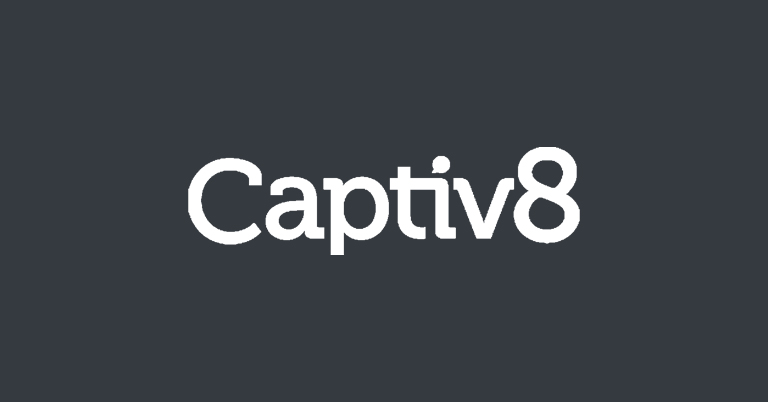
Key Features: Search/Discovery, Influencer Relationship Management, Content Review, Campaign Management, Campaign Reporting, Influencer Analysis, Audience Analysis, Payment Processing, Social Listening,
Channels: Instagram, Facebook, Twitter, YouTube, Pinterest, TikTok
34. InNetwork
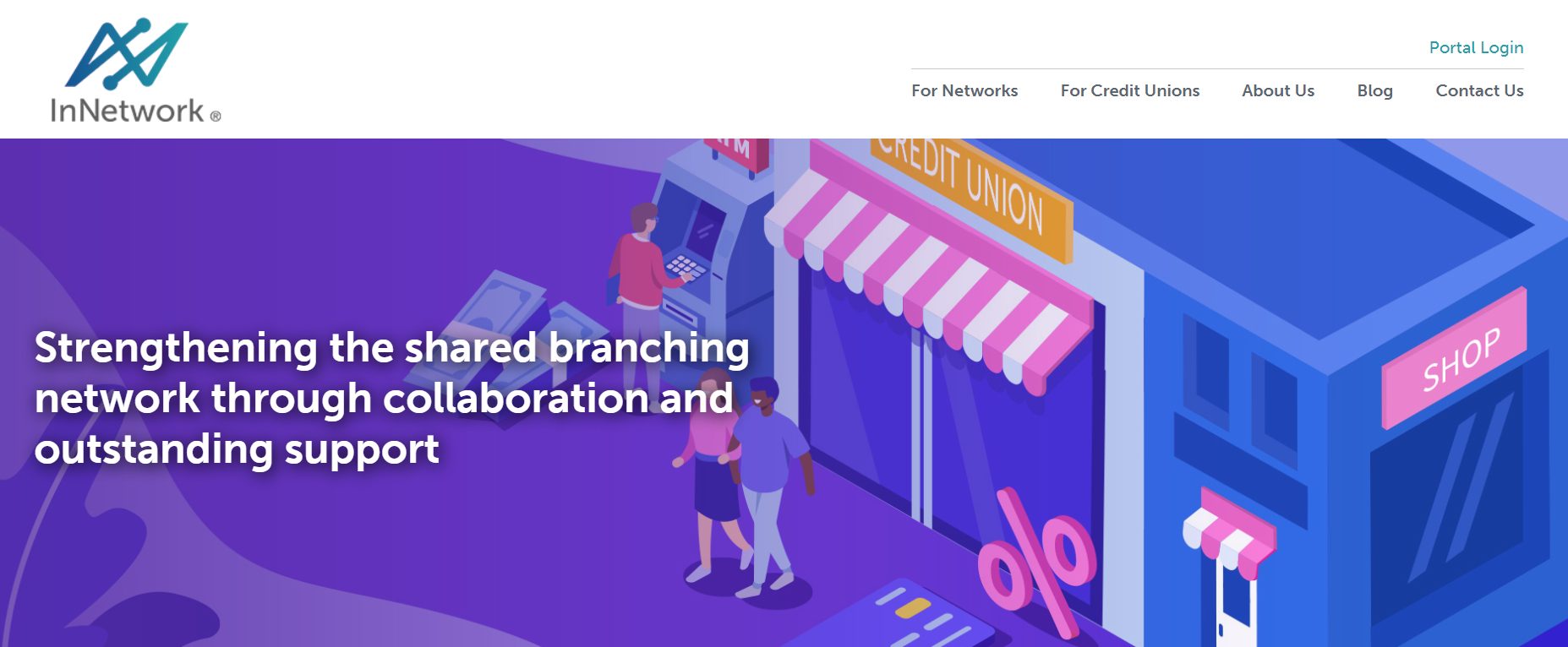
InNetwork is an opt-in influencer marketing platform. They are careful about who they permit to join their site as an influencer. You can’t just sign up, you have to go through a screening process first. They are not so concerned about somebody’s follower count (which is very much affected by the niche that somebody operates in) as they are by whether that following is loyal and engaged. They have a team of influencer analysts who vet each influencer for quality, credibility, authenticity, and engagement.
Currently, InNetwork provides analytics for blogs and Twitter, however, they also take into account Facebook, Instagram, YouTube, Pinterest, LinkedIn, Tumblr, Vine, Snapchat, and Flickr when calculating an influencer’s InNetwork score.
Marketers and brands search the InNetwork vetted network to find influencers that match their passions, styles and content types. InNetwork provides tools to help with the influencer campaigns, such as a project calendar, along with some influencer analytics and reporting tools.
35. Dovetale
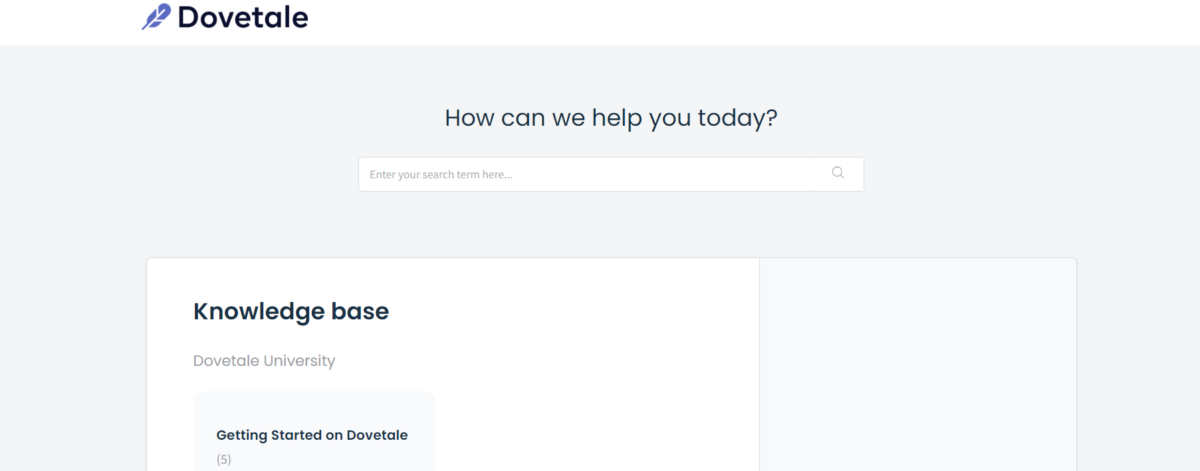
Dovetale launched in 2017 with an all-in-one answer for influencer marketing, including discovery, campaign management tools, social listening, payments, and analytics. While they still offer all these tools, their focus has moved to analytics and eCommerce. Although they cater to all types and sizes of businesses, they have proven popular with small, online retail shops.
Dovetale offers four plans, including a free plan where up to three users can manage five Community Members (influencers). As businesses grow and desire more Community Members or users, they can upgrade through the paid plans.
You create a profile/application page where potential influencers can sign up to work with you. You can undertake traditional influencer discovery, but many eCommerce brands on Dovetale rely on passive recruitment, where influencers come to them.
Dovetale includes a gifting feature that works with your Shopify integration. Influencers apply to you to participate in campaigns. When you accept an influencer, they can choose their “welcome” package, i.e., the free product they’d like to have/feature in their social posts. These connect back to Shopify with product-specific SKUs. You can group Community members in ways that make sense. For instance, you might have an “influencer” group for those with big followings and other groups for employees, family, and friends. You can define appropriate perks for each group. Dovetale keeps track of what’s pending, what’s been received, how much you’ve spent.
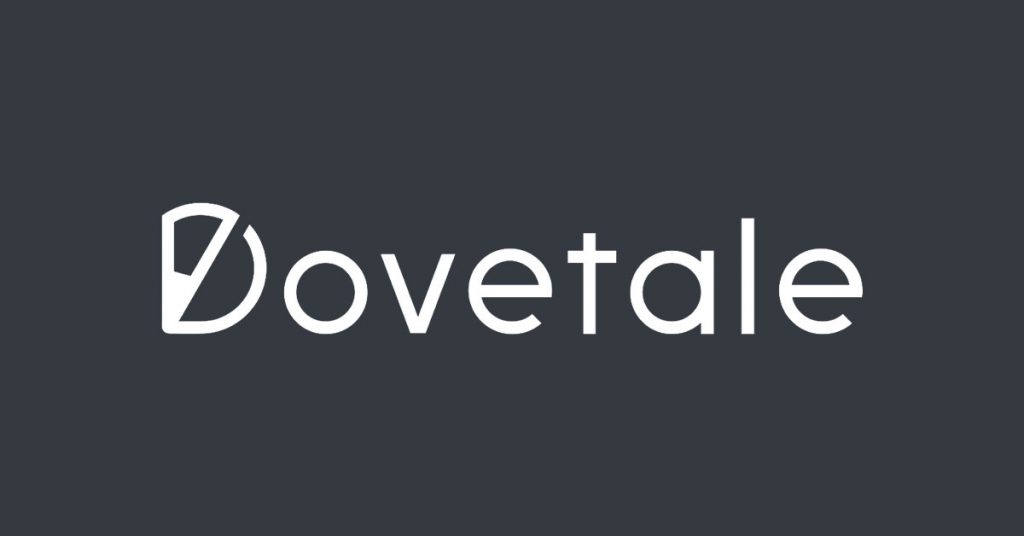
Key Features: Search/Discovery, Automated Recruiting, Influencer Marketplace, Content Review, Content Library, Campaign Management, Campaign Reporting, Influencer Analysis, Audience Analysis, E-commerce Tools, Product/Gifting Tools, Payment Processing,
Channels: Instagram, Twitter, Facebook, YouTube, Twitch, TikTok
36. CreatorIQ
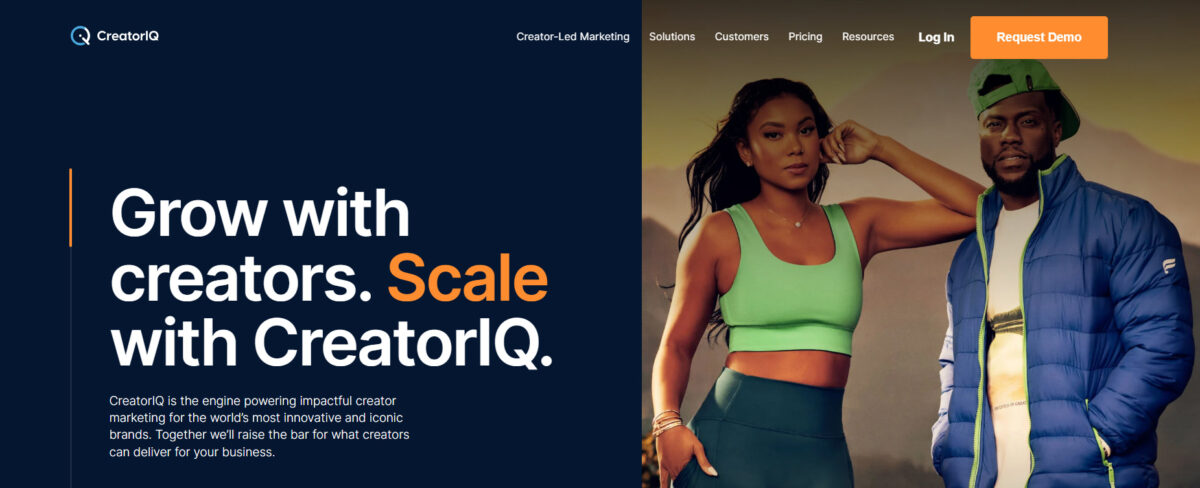
CreatorIQ relies on tech to not only simplify the influencer marketing process, but also to solve problems that have long plagued the industry: follower fraud, inflated reach metrics, and inauthentic/mercenary influencers.
They include some very recognizable names amongst their clients, including Disney, Tiffany & Co., Unilever, Dell, and Ralph Lauren. They freely acknowledge that their client base is large companies, with the smallest clients in their published list earning around $100m annually.
CreatorIQ integrates directly with social platform APIs, and its AI-powered algorithm analyzes over 1 billion public social accounts, checking everything against a set of criteria to see if they merit being added into the platform database. There are currently more than 15 million creator accounts indexed on the system.
CreatorIQ is exhaustive in its ability and scope. The AI looks at all the discrete parts of any given piece of content—the image itself, the location, mentions, even emojis—and makes logical inferences. These ensure that the influencers it highlights are exceptionally relevant.
The AI assigns each influencer an “Integrity Quotient,” which can help you discern just how authentic an audience is (or isn’t).
Once you’ve identified the influencers you want to work with, you can invite them via email to join your network. They can register with you and go through an onboarding process. It all looks, feels and acts like a customized influencer marketplace.
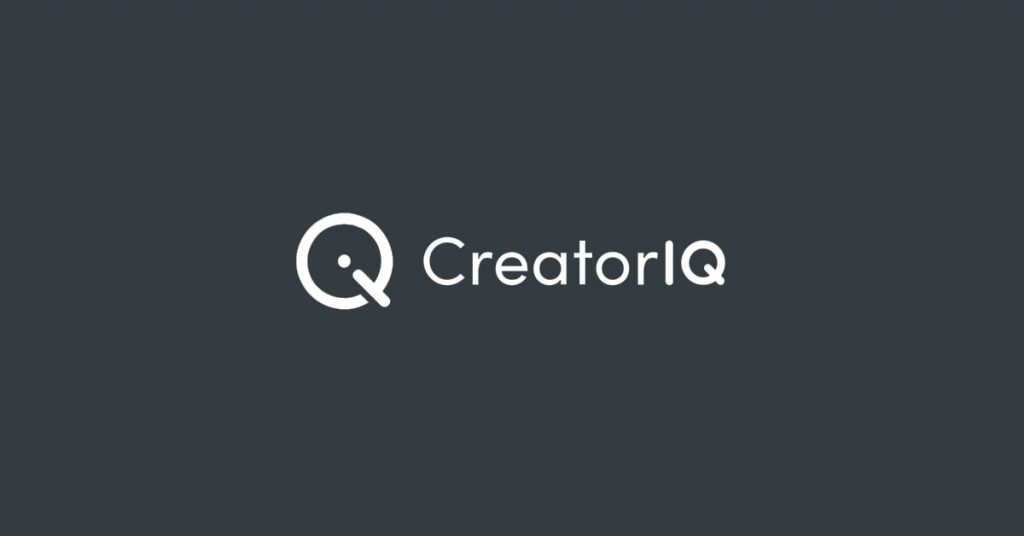
Key Features: Search/Discovery, Automated Recruiting, Influencer Relationship Management, Content Review, Campaign Management, Campaign Reporting, Influencer Analysis, Audience Analysis, E-commerce Tools, Product/Gifting Tools, Forms and Compliance, Fake Follower/Fraud Detection, Payment Processing,
Channels: Facebook, Instagram, Twitter, YouTube, Pinterest, Twitch, Blogs
37. TrendHERO
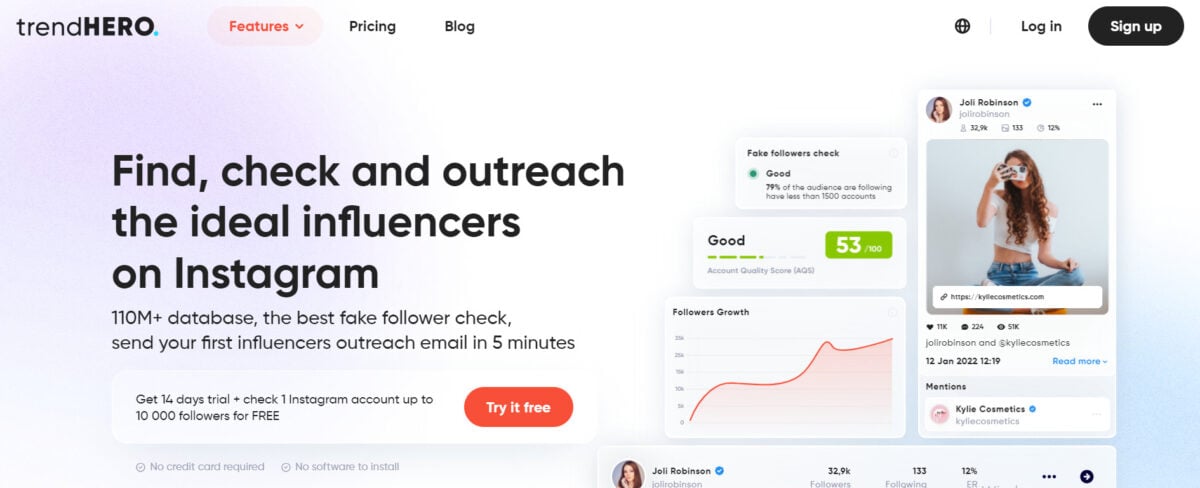
trendHERO offers “influencer auditing,” a background check for creators with whom you could potentially work. These checks are beneficial to brands wanting to find influencers with a quality audience suited for their brand. trendHERO contains data on 75 million influencers.
They have four plans, including a limited free one. The paid ones range from $15.99/mo to $119.99/mo, making the platform suitable for organizations of all sizes. Each plan offers a set number of reports per month.
trendHERO has a straightforward interface. All sections of the platform are clearly defined down the navigation menu of your dashboard.
There’s an abundance of very useful data in their reports. There’s a big focus on likers and commenters that goes beyond straight numbers. The platform distinguishes between comments from the audience and those from the influencers.
You can keep track of a number of influencers or brand accounts via social listening. These include insights that are unique to trendHERO.
The Ad Posts feature lets you search through actual advertising content put out by influencers to see how they handle sponsored content.
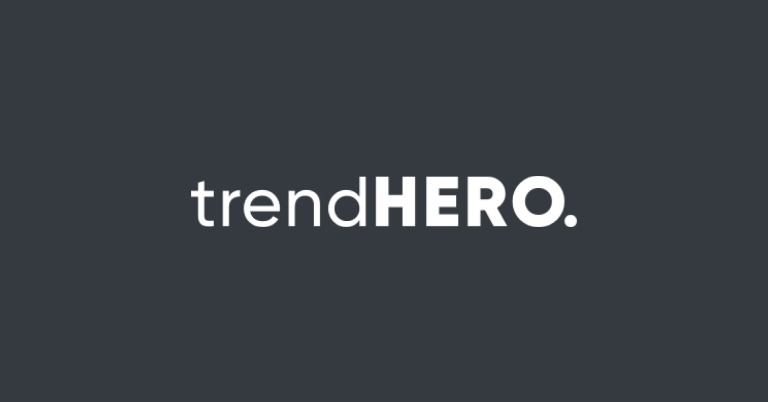
Key Features: Search/Discovery, Influencer Analysis, Audience Analysis, Fake Follower/Fraud Detection, Social Listening, Competitor Research,
Channels: Instagram
38. Grapevine Logic
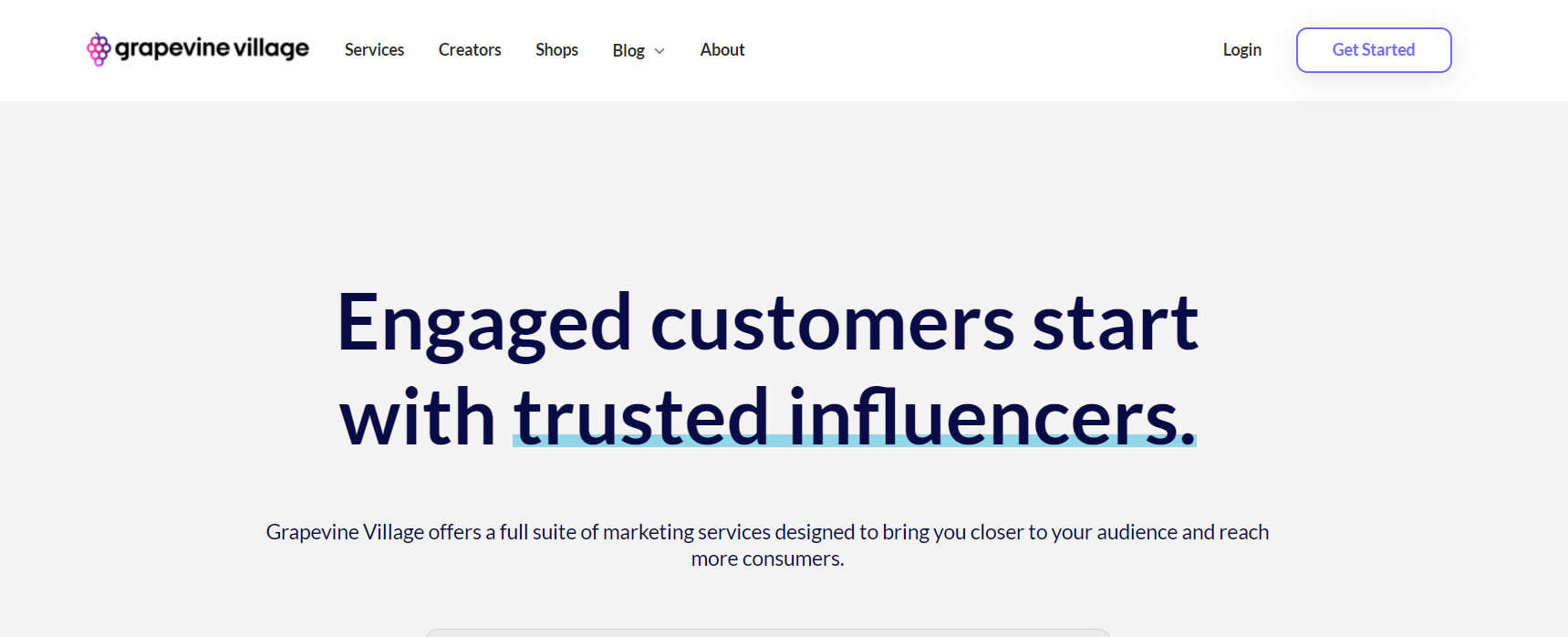
The Grapevine platform very much focuses on matching influential YouTube creators with brands wanting promotion on that platform. It is an opt-in platform for those with successful YouTube channels (although they can also link up their Instagram accounts). Anybody with a YouTube channel can join the Grapevine community, accessing their Creator Match tool to find and collaborate with other content creators. You do need either 10,000 YouTube subscribers or 5,000 Instagram followers to have access to the Grapevine Marketplace, however, where brands offer sponsorship opportunities.
Grapevine provides detailed data about each relevant influencer to brands wanting to set up campaigns. They have a Recommendation Engine which suggests appropriate influencers for brands to consider. Its results are refined and improved as brands operate campaigns, and it becomes clearer which types of influencer perform best for the brand.
39. InkyBee
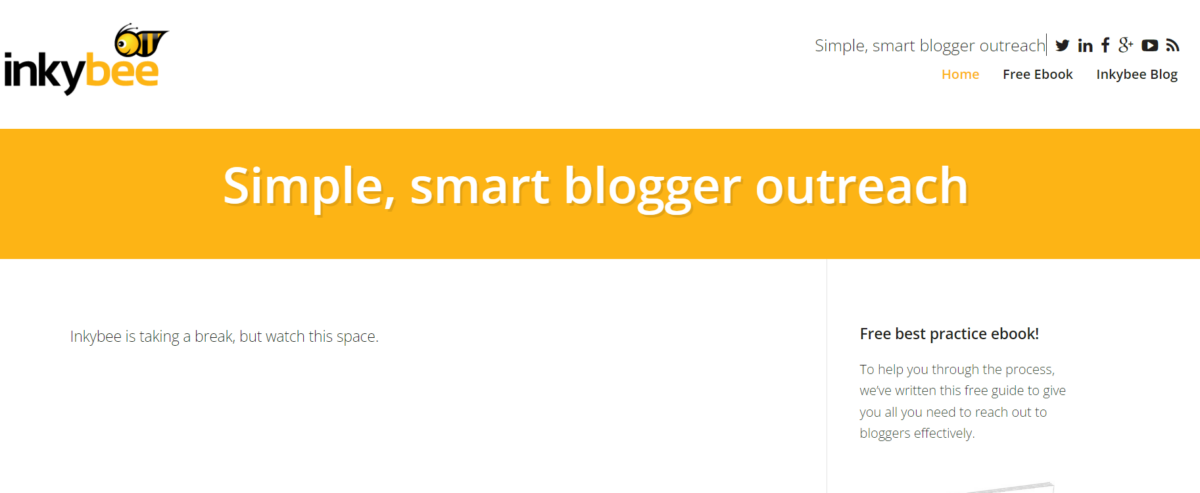
InkyBee targets itself at professionals in digital marketing, social media marketing, public relations and SEO. It provides a suite of web-based tools to help these marketing professionals to manage their entire digital outreach process – from finding influencers to measuring the success of their outreach campaigns.
They claim to cover a database of more than a million blogs. They use their algorithms to analyze this multitude of Big Data to come up with a huge quantity of statistical data, indicating who the most influential bloggers are for each niche. Marketers can sort and filter this data in multiple ways to help them determine which influencers are the best fit for their needs. InkyBee also has tools to enable Twitter bio searches and Twitter influencer analysis.
InkyBee offers more than just search tools, however. They also offer marketers a suite of outreach tools to help them engage with and reach out to their chosen influencers.
40. Mustr
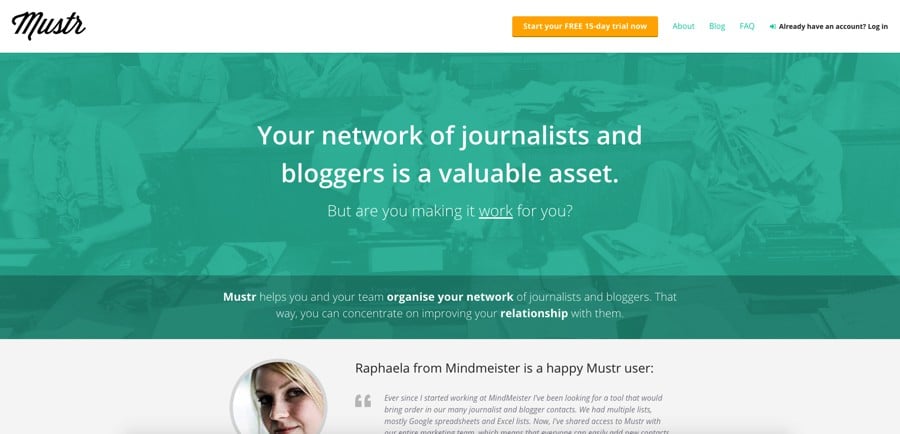
Mustr helps agencies and companies organize their network of journalists and bloggers. Mustr’s clients include Weight Watchers, Michelin, Finn, and Incrediblue. In this sense, it is more about organizing useful PR connections, than it is the typical type of influencer marketing that most of the other platforms here focus on.
It works in a similar way to a Customer Relationship Management (CRM) system – except it stores the information for journalists and bloggers, rather than customers. Firms can either use their account themselves or they can invite their PR agency to manage their contacts.
Businesses can share journalist and blogger contacts with their team, directly send press releases from Mustr (including high-res pictures and other information), send notes to journalists and share PR projects with clients.
41. PitchBoard

PitchBoard is an influencer marketplace with a focus on executing campaigns quickly and at scale. There’s no influencer discovery feature and no relationship management, as Pitchboard clearly believes these to be irrelevant for a marketplace. A marketplace’s value is the way it enables marketers to reach new audiences on a large scale.
PitchBoard uses its machine-learning algorithm to parse through influencer data from several sources to identify the influencers whose audiences are the most suitable for specific campaigns. They do this without customers having to scroll through lists of influencers and deliberate on each one.
PitchBoard earns its revenue in three different ways: monthly subscription fees, fees from brands when they pay influencers, and in turn, fees they charge influencers who make deals in the marketplace. Packages are defined in Pitchboard, and you can view real-time information with estimates showing projected engagement and cost per engagement.
The incredibly well-designed interface makes managing campaigns a downright pleasant experience. Everything is so well organized and easy to accomplish that it doesn’t feel like a chore.
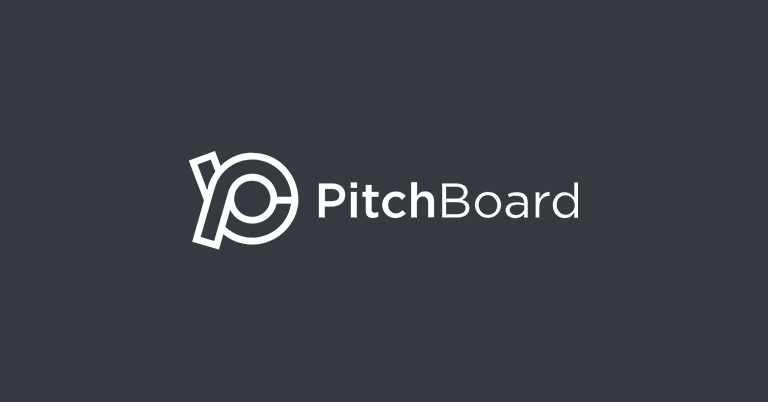
Key Features: Influencer Marketplace, Content Review, Campaign Management, Campaign Reporting, Influencer Analysis, Audience Analysis, Fake Follower/Fraud Detection, Payment Processing,
Channels: Instagram, YouTube
42. Zoomph

Zoomph describes itself as being one platform that powers richer analytics and deeper engagement. Data is very much the focal point of the platform. It has built up a database with more than 200 million social identities, with a great deal of information about their social activity. Zoomph enables brands to explore new communities and directs them towards communities with similar values as themselves.
It boils down trending conversations into their unique triggers and measures the impact of social campaigns.
There is quite a bit more to Zoomph than influencer marketing. However, it does include a considerable amount of data that will be of use to businesses wanting to find the perfect influencers to match their brand’s image. Depending on the pricing tier selected, Zoomph covers Twitter, Facebook, Instagram, Google +, RSS, YouTube, and Chatter.
43. Content BLVD
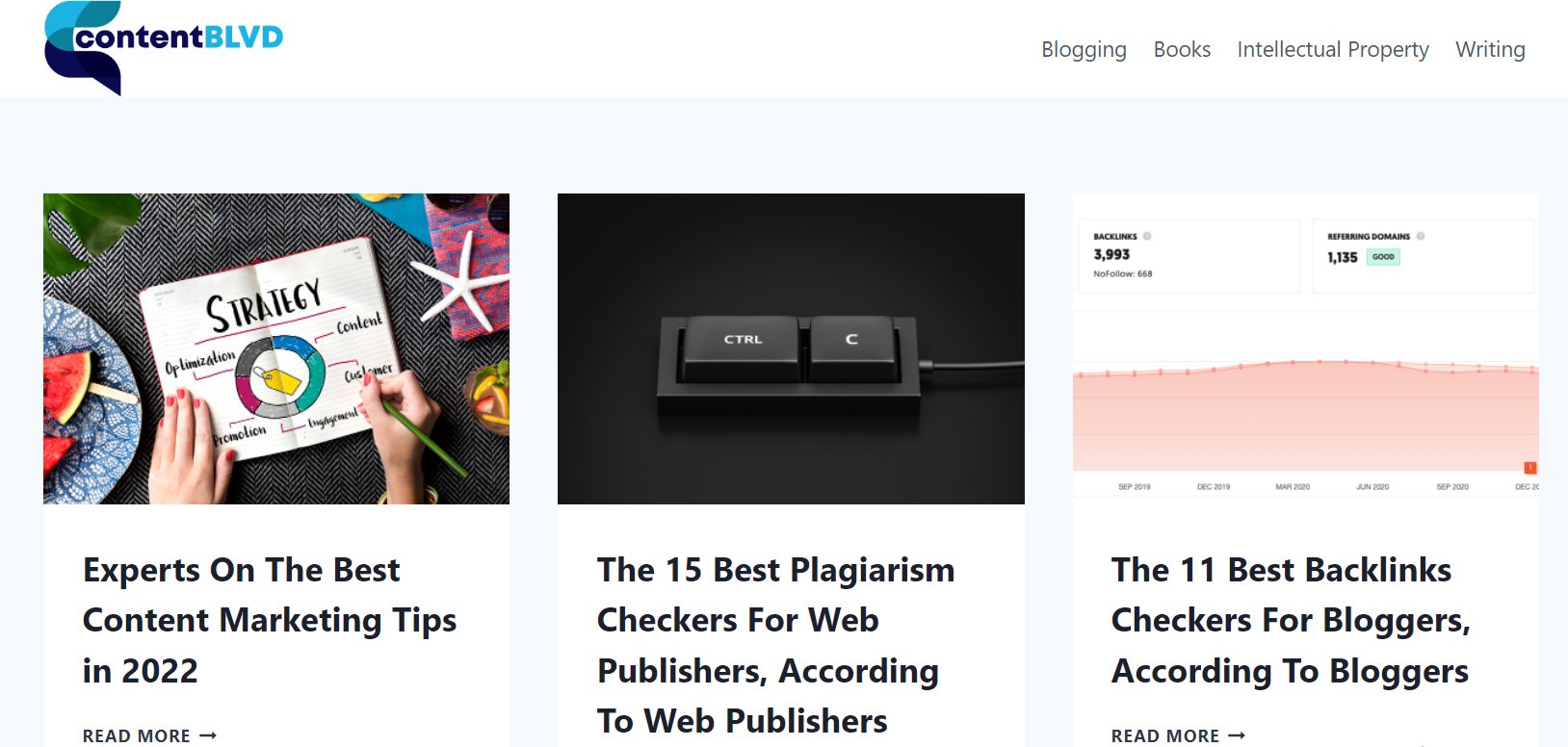
Content BLVD’s focus is on enabling brands to see their products shared on YouTube, so it seeks to match up product companies with YouTube creators. Their aim is to make it easy for brands to match up with popular YouTube creators who match the brand’s niche.
YouTube creators have the opportunity to set up an editorial calendar of their upcoming videos, giving brands a chance to see any possible synergies between the video channel and their brand.
Brands list products they want to promote in Content BLVD’s marketplace. Interested YouTubers check the listed products and can request a sample so they can promote it. Brands look at requests and choose to accept or decline each one, based on the quality and relevance of each YouTuber. The brands can see the videos go live, track any physical product shipments, message YouTubers, and examine video performance from their dashboard.
One difference with Content BLVD is that it features unpaid placements. YouTubers choose to feature products because they interest them and make good video content.
44. Adly
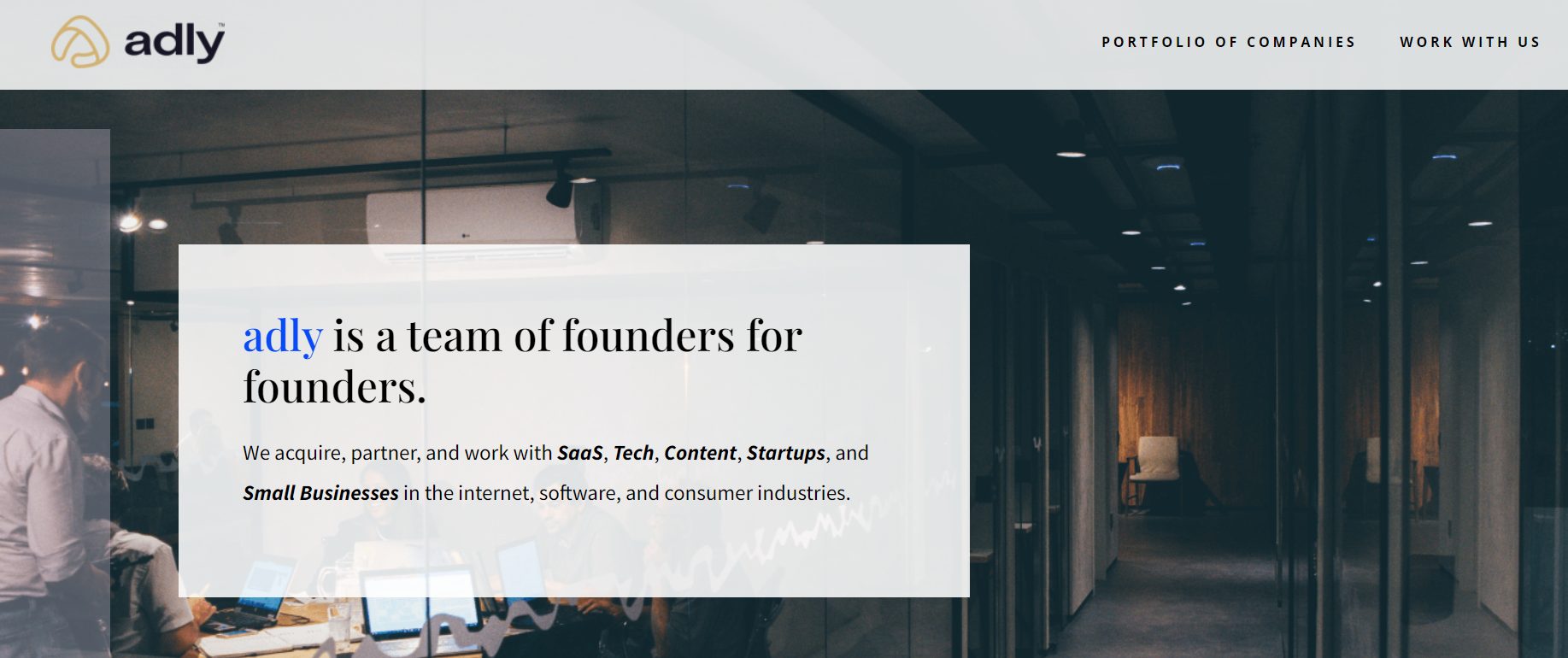
Not to be confused with the Taiwanese scooter manufacturer of the same name, Adly describes itself as a digital marketing software provider who connects brands and agencies with influencers and celebrities.It is an opt-in network for influencers who have to apply to be part of it. It covers the Facebook, Twitter, Instagram, LinkedIn, YouTube, Google + and Pinterest networks.Adly provides a variety of tools to help brands and agencies find the most appropriate influencers and then run campaigns. AudienceIQ is specifically designed to help find suitable matches, using what they call the Q-Score to determine just how influential somebody is. Adly Celebrity Intelligence Layer shows the digital connections formed by celebrity influencers.There are also tools to help with campaign building, as well as reporting and analysis.
45. Onalytica
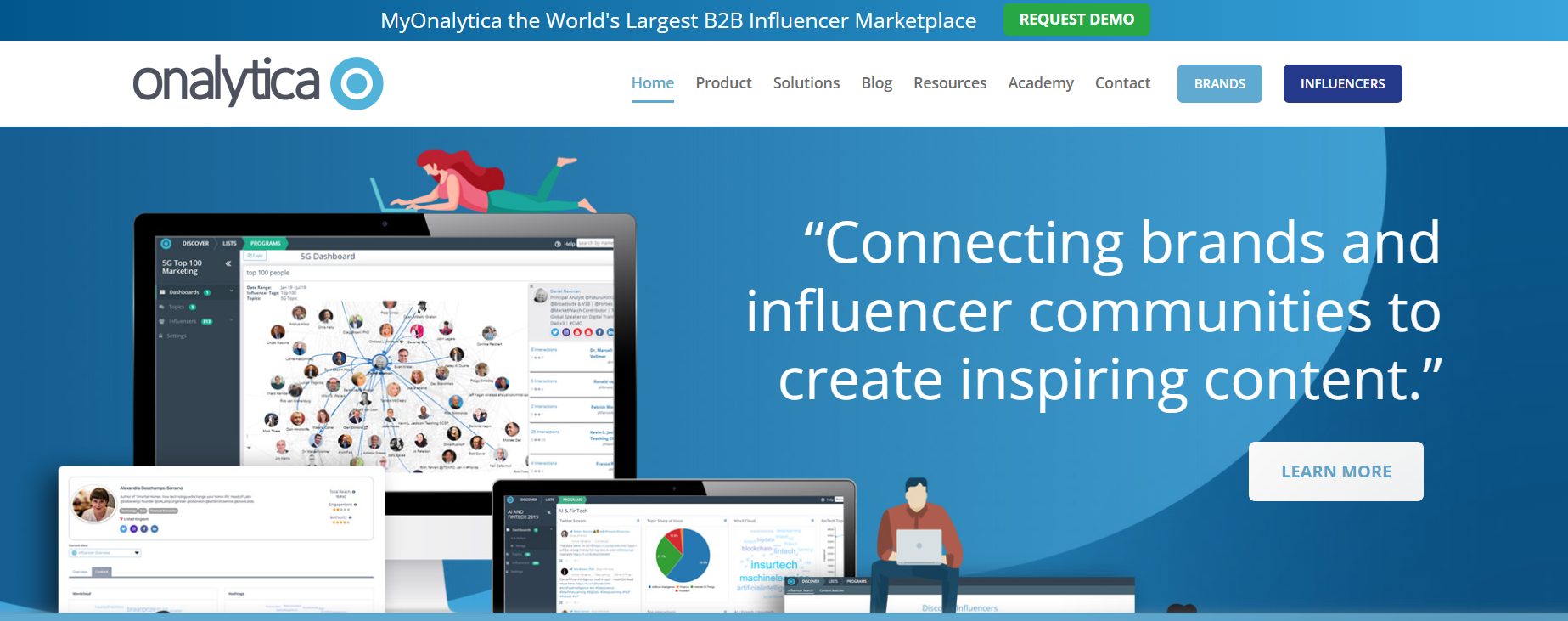
Onalytica was one of the earliest influencer marketing platforms, being founded in 2009. It has built up since then and gathered some big-name clients, such as Microsoft, Canon, VmWare, and the British Heart Foundation.
It operates on a SaaS platform, charging a monthly subscription fee for use of its features: influencer discovery, tools for managing influencer relationships, deep reporting and analytics, access to support, and access to a dedicated Customer Service Manager.
Onalytica takes a hybrid approach to its influencer database. It uses an algorithm to search through social media posts to find relevant influencers. However, a human team then oversees the results, removing anything clearly unsuitable. Customers can search for influencers by categories, platform, demographics, or content. The algorithm (with its human oversight) analyzes posts on Facebook, Twitter, Instagram, LinkedIn, WordPress and Blogs.
Onalytica’s search function digs very deeply and can generate a huge amount of data about influencers and their postings.
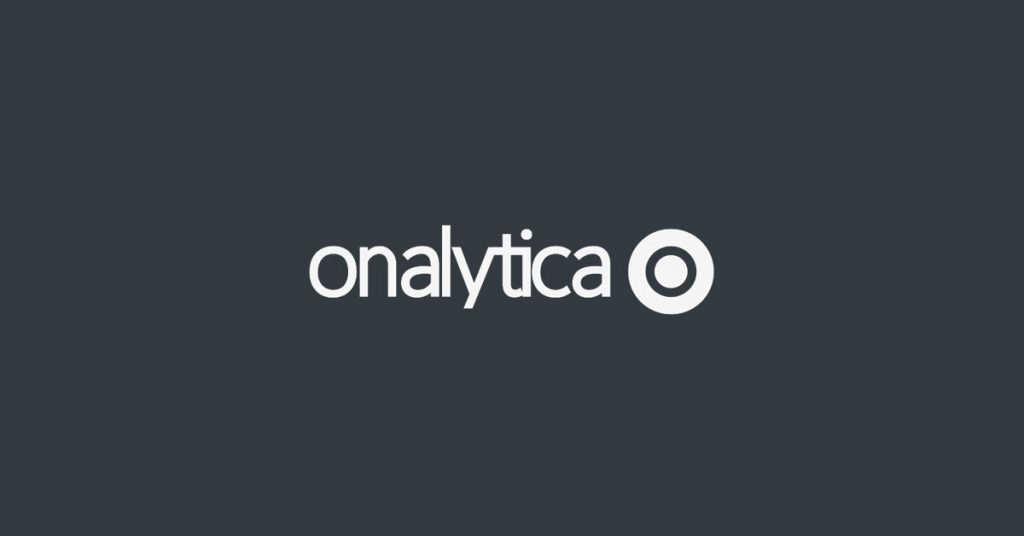
Key Features: Search/Discovery, Influencer Relationship Management, Influencer Analysis, Social Listening,
Channels: Facebook, Twitter, Instagram, LinkedIn, Wordpress, Blogs
46. Socialbakers
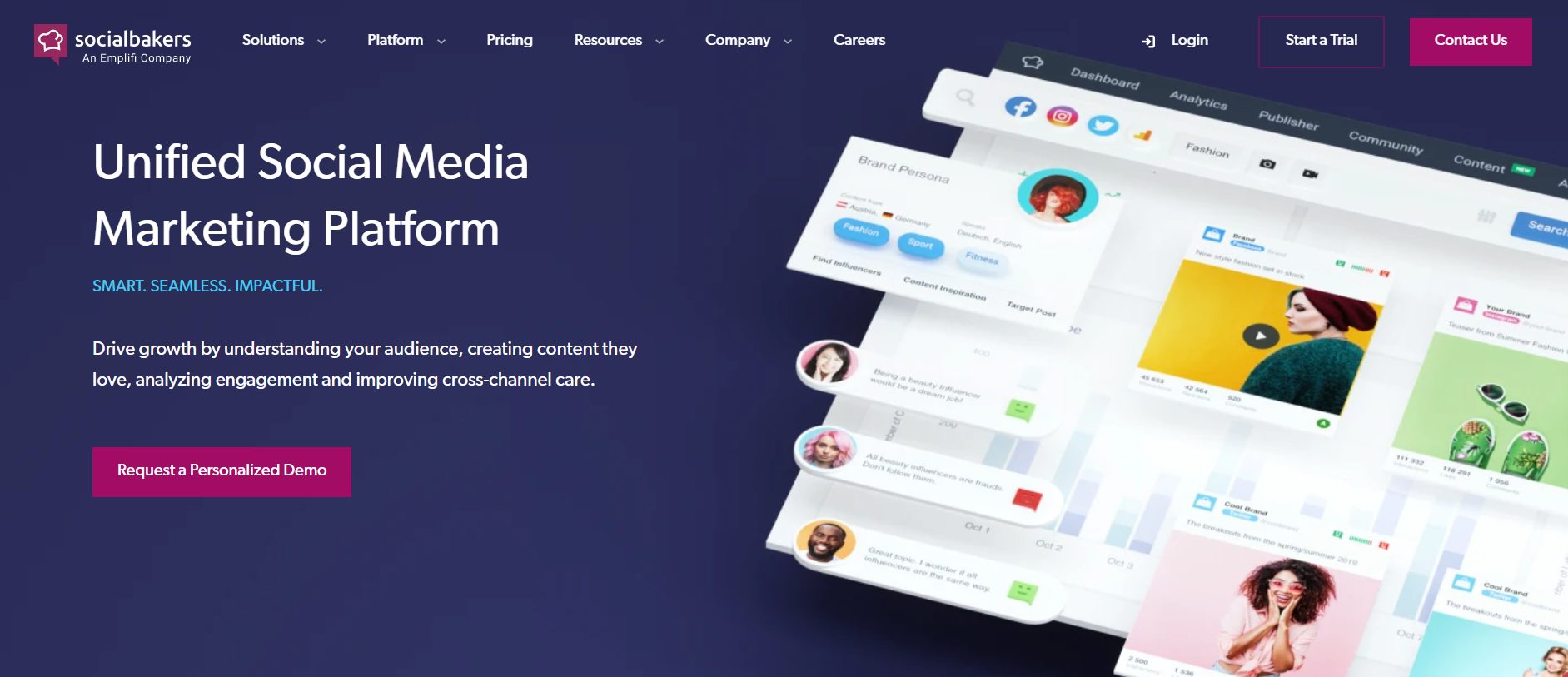
Socialbakers began in 2009 as a social media marketing agency called Candytech. Candytech created its own software platform to mine and analyze as much data as Facebook’s APIs would allow them to. This was the beginning of what would become SocialBakers influencer marketing platform.
Over time SocialBakers added more features. They launched new influencer-specific tools in May 2018. These influencer marketing tools are only available in their top-tier service, however.
SocialBakers collects a lot of data on your engaged audience. Bots, ghosts, and lurkers are all discounted to keep the data relevant. All this data is used by an AI engine to create a detailed persona map of the average audience member to whom you wish to market.
Once your various personas have been defined, the AI goes ahead and recommends influencers likely to appeal to your audience, from a pool over 30 million influencers on Instagram and YouTube. You can also do a manual search for influencers, not just to Instagram and YouTube, but also to facebook, Twitter, LinkedIn and Pinterest.
It provides information on each influencer’s follower count, engagement, frequently used hashtags, a gallery of recent content, and mentions.
A standout feature is the comparison tool, which allows you to go in-depth on profiles and view what an influencer’s actual impact is. The tool can help you better understand the value each influencer brings.
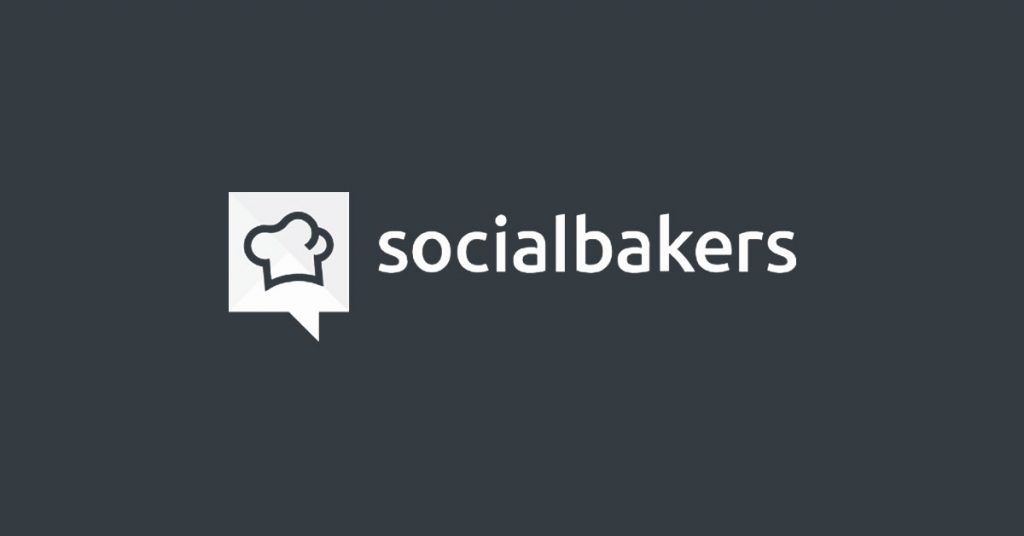
Key Features: Search/Discovery, Influencer Relationship Management, Content Review, Campaign Management, Campaign Reporting, Influencer Analysis, Audience Analysis,
Channels: Facebook, Instagram, YouTube, Twitter
47. IZEA

IZEA operates as a SaaS platform for agencies and brands, automating influencer and content marketing programs. IZEA began paying bloggers to produce sponsored content for brands in 2006 – almost the stone age of influencer marketing.
They now offer a single platform that covers all aspects of content production and distribution by influencers on their blogs, and through their social media accounts on Twitter, Facebook. Instagram and YouTube.
IZEA offers marketers an extensive platform search, allowing them to create lists of creators (IZEA’s term for influencers) who could meet their needs. The IZEA software gives each creator a score, depending on their social reach.
They have split their influencer marketing process into nine steps, all of which happen at some point on the IZEA platform:
- Create opportunity
- Target influencers
- Bid on opportunities
- Accept bids
- Create content
- Review content
- Publish and track
- Promote posts
- Influencer payment
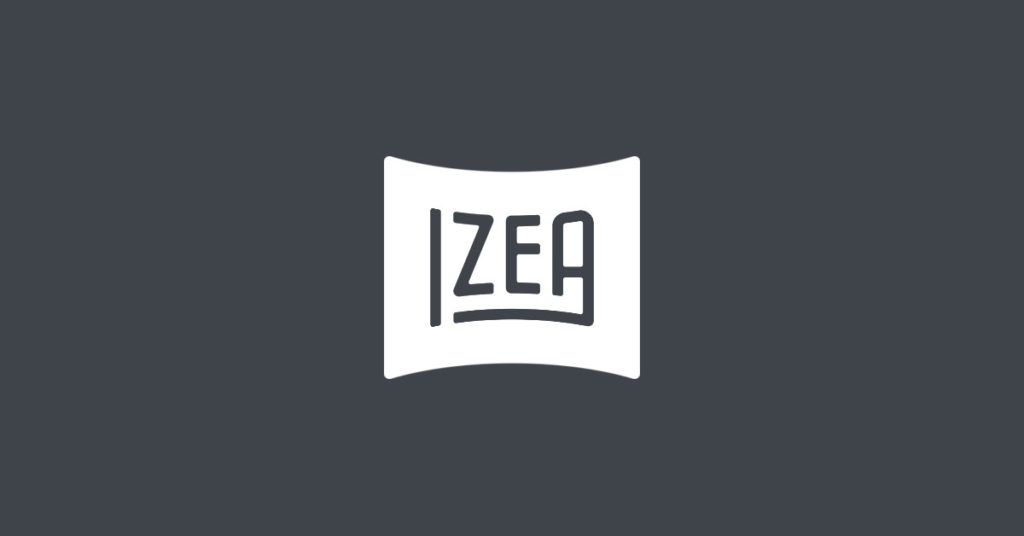
Key Features: Search/Discovery, Automated Recruiting, Influencer Relationship Management, Influencer Marketplace, Team Collaboration Tools, Content Review, Content Library, Campaign Management, Campaign Reporting, Influencer Analysis, Audience Analysis, Visual Discovery, Influencer Content Amplification,
Channels: Facebook, Instagram, LinkedIn, Twitter, Tumblr, YouTube, Pinterest, Twitch, TikTok, Wordpress and other Blogs
48. Traackr
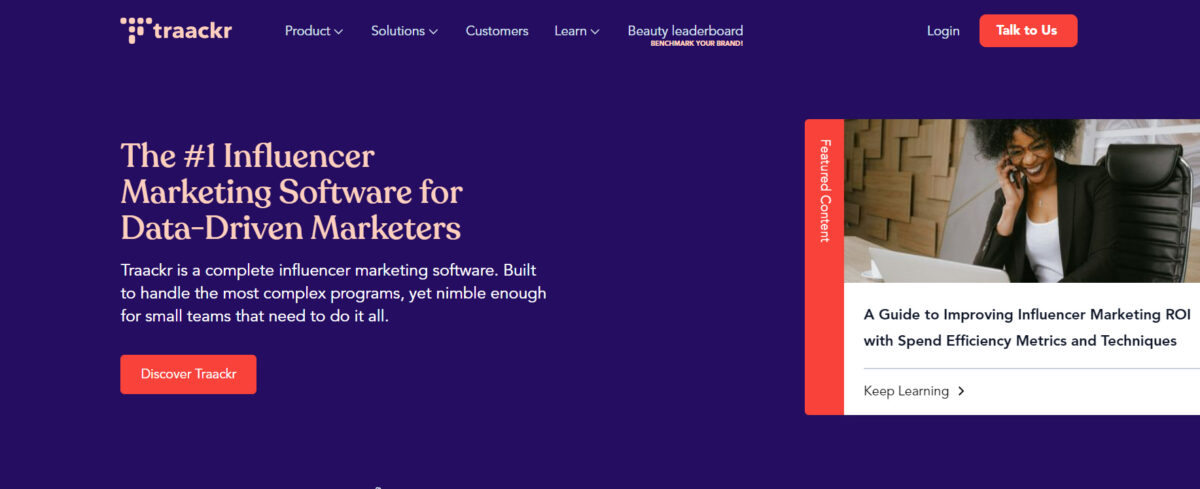
Traackr is one of the oldest influencer marketing platforms, dating back to 2008. It has survived because it has evolved.
The company now specializes in influencer relationship management and has built an online platform to enable this to happen.
Although they provide many online management tools, the real focus of Traackr is helping medium to large sized companies (and agencies) build lasting relationships with influencers
Traackr gives plenty of options for firms searching through its database of influencers. The influencer database is a hybrid – it isn’t opt-in, nor is it simply computer generated – it uses a mix of a computer algorithm and human input. Firms can sort influencers in many ways, including by how much of a relationship they have with them.
There is a social listening tool where you can track influencer content in real time. Another interesting tool is a network visualization map which shows the connections between an influencer and other people, both in and out of a firm’s network, giving an indication of other possible additions to the firm’s network.
Traackr offers influencer discovery, relationship management, and campaign management over the Facebook, Twitter, Instagram, YouTube, Pinterest, and Tumblr channels, along with blogs.
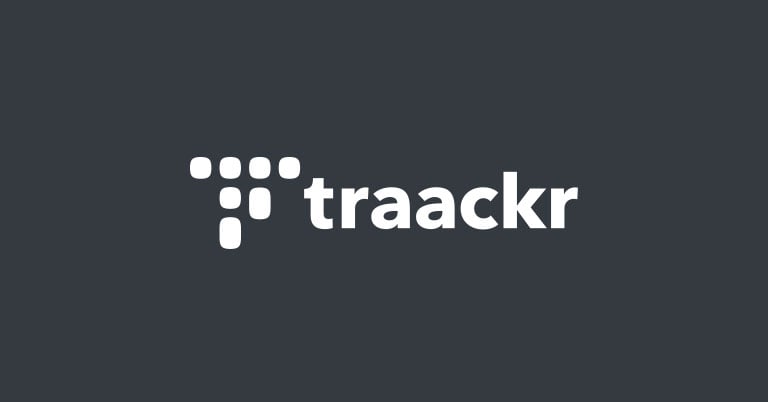
Key Features: Search/Discovery, Influencer Relationship Management, Team Collaboration Tools, Campaign Management, Campaign Reporting, Influencer Analysis, Audience Analysis, Product/Gifting Tools, Forms and Compliance, Fake Follower/Fraud Detection, Competitor Research,
Channels: Facebook, Twitter, Instagram, YouTube, Pinterest, Tumblr, Blogs
49. Tribe Dynamics
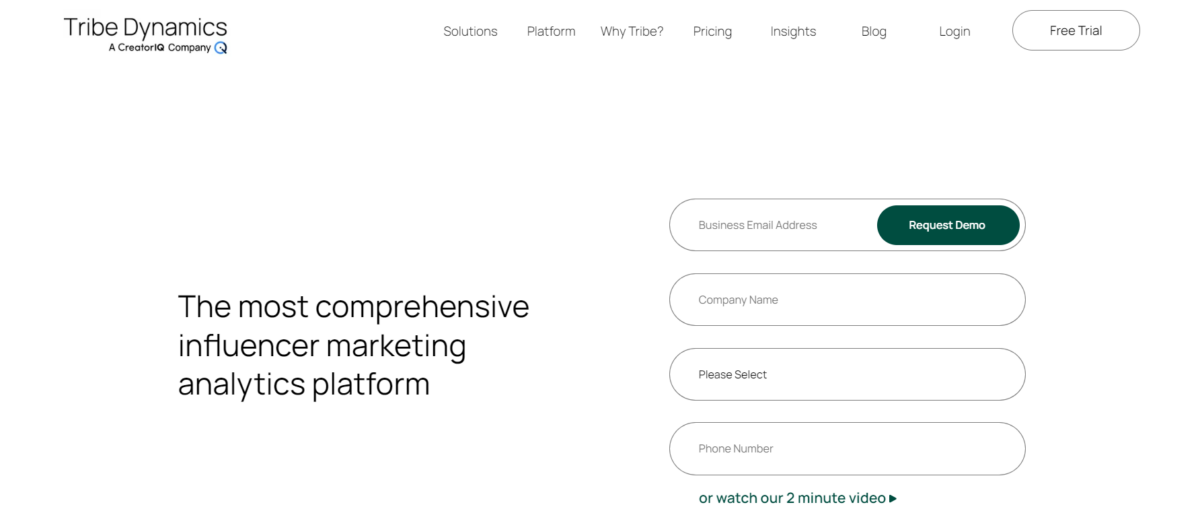
Tribe Dynamics is a CreatorIQ company that includes names like BMW, Sephora, and Gymshark in their client list. If you want to focus more on earned media, they’re one of the top picks. They have years of experience in helping lifestyle brands analyze and make the most of their earned media efforts. In fact, they’ve designed a proprietary metric – Earned Media Value (EMV) – that’s become the new standard used by brands to calculate their influencer marketing campaigns’ effectiveness.
Tribe Dynamics is all about analytics. Armed with their solid set of analytics, brands are much better equipped to introduce changes to their current influencer marketing strategy that will deliver results. From identifying new potential influencers to filtering through content, it’s one of the most powerful analytics platforms.
In addition to analytics, Tribe Dynamics is also a great help if you want to take your user-generated content efforts to the next level. Included in their list of features is a Content Capture feature that automatically captures and displays the content that influencers created about your brand. This feature is also helpful for keeping track of brand mentions across TikTok, Instagram Stories, and the other main social media platforms.
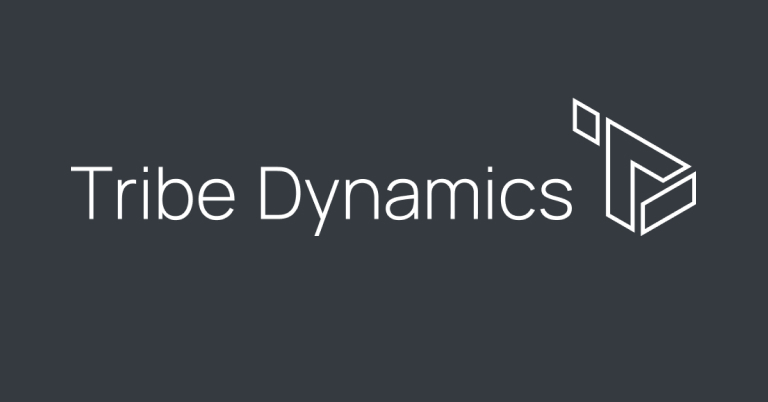
Key Features: Influencer Relationship Management, Content Library, Campaign Reporting, Influencer Analysis, Audience Analysis, Social Listening, Competitor Research,
Channels: Instagram, Facebook, YouTube, Twitter, TikTok
50. Aspire (formerly AspireIQ)
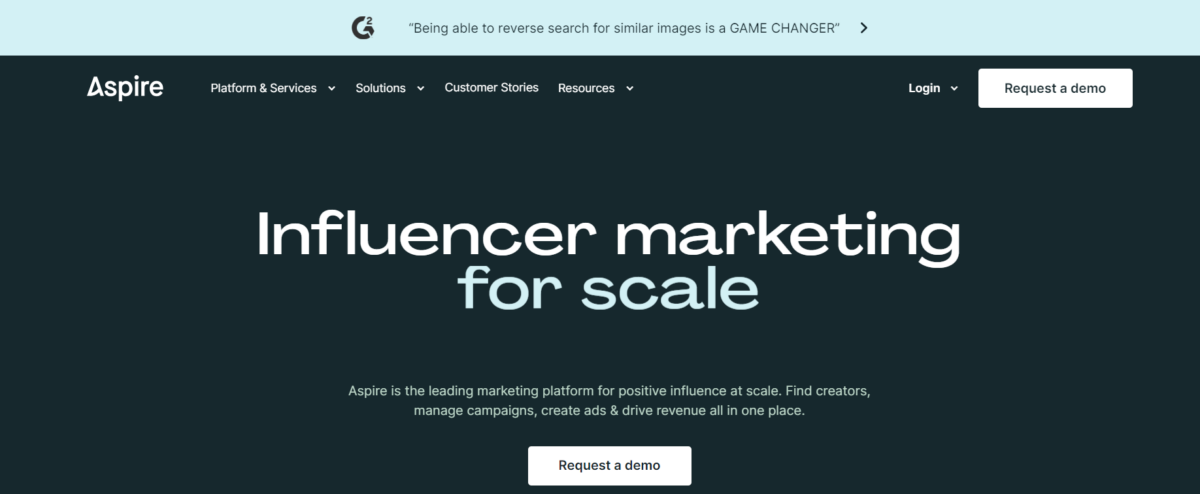
AspireIQ is a self-service platform, working with Instagram and YouTube, with a database of more than 150,000 influencers who have opted into the system. Although anybody can sign up to AspireIQ, creators have to meet criteria to be able to view brands or campaigns. Currently, thimediaks means that you need to have 500 Instagram likes or 2,500 YouTube views to be considered an influencer.
Any influencer that meets the criteria (and passes a manual review to ensure posted content is suitable) gets entered into AspireIQ’s searchable database and is, in turn, able to see any proposals from brands. It has a simple search engine, including the Tinder-like “Quickmatch” which does its best to match up brands and influencers for a particular campaign.
AspireIQ provides an extremely thorough range of campaign tools to assist with every aspect of campaign management.

Key Features: Search/Discovery, Influencer Relationship Management, Influencer Marketplace, Team Collaboration Tools, Content Review, Content Library, Campaign Management, Campaign Reporting, E-commerce Tools, Product/Gifting Tools, Forms and Compliance, Payment Processing, Social Listening, Competitor Research, Visual Discovery, Influencer Content Amplification,
Channels: Instagram, YouTube, Facebook, Twitter, Pinterest, Blogs
Frequently Asked Questions
What are the top influencer marketing platforms?
We have looked at a considerable number of influencer marketing platforms in this article. Each has its advantages with a different focus. This means that we can’t recommend one overall top influencer marketing platform. You first need to decide what you are most looking for in a platform. Are you trying to discover new influencers? Do you want a platform to help with your influencer or campaign management? Perhaps you are most interested in third party analytics. We review platforms in more detail here.
What are influencer marketing platforms?
Influencer Marketing Platforms are online tools designed to assist brands in their Influencer Marketing Campaigns. Most provide influencer discovery tools for brands and agencies. Some feature massive searchable databases of potential influencers; others prefer an opt-in method for influencers. Many influencer platforms now also offer relationship management, campaign management, influencer marketplaces, third party analytics, and influencer content amplification.
What is Instagram influencer marketing?
Influencer marketing takes the idea of celebrity endorsement and places it into a modern-day content-driven marketing campaign. The results of the campaign are collaborations between brands and influencers. Influencer marketing involves a brand collaborating with an online influencer to market one of its products or services. Instagram influencer marketing features influencers who have built their name, have sizeable followings, and post regularly on the Instagram social network. Brands contract them to make posts on their behalf.
What social media platform is best for marketing?
A critical factor that you need to consider when selecting an influencer platform is the social media platforms for which they can find influencers. Some of the bigger influencer platforms cover nearly every major social media platform. Others specialize in one or two social networks. Ultimately you need to market where your potential customers are. So, for instance, TikTok or Instagram may be best if you sell to young women, LinkedIn if you sell B2B, Twitter for the politically aware, and Facebook for older people.
What are the different marketing platforms?
There are quite a few different types of marketing platforms. This article focuses on influencer marketing platforms – online software that assists you in finding influencers. Content marketing platforms provide services that support their clients with content marketing. Another way of viewing marketing platforms is as a marketing medium. From this perspective, marketing platforms include television, direct mail, and telephone, along with online mediums such as email, social media, pay per click (PPC) marketing, search engine marketing, and mobile marketing.




